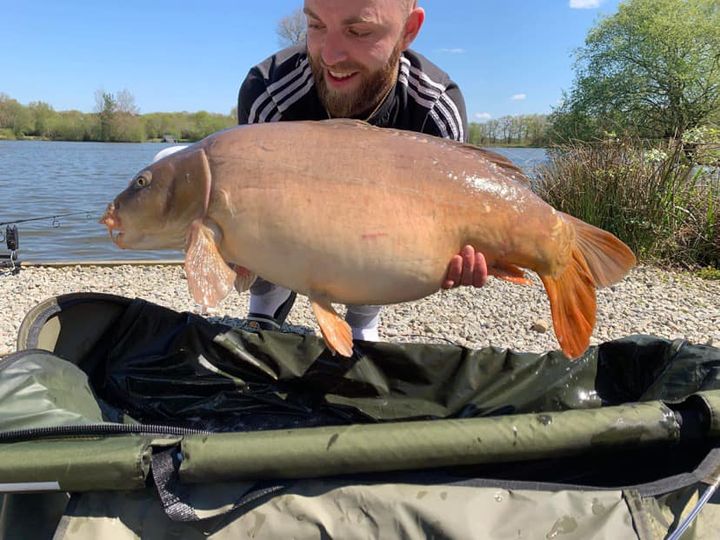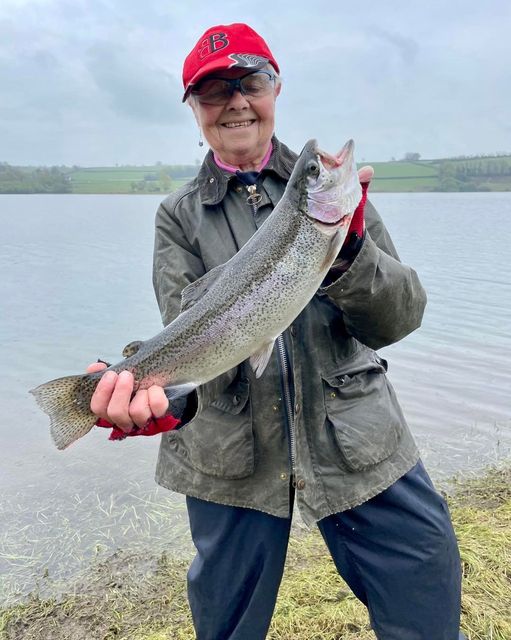
Fishing For Life


Quay Sports are amending their opening hours to offer an even better service. This friendly tackle shop boasts a vast range of tackle for all disciplines with good solid advice available from experienced local anglers.
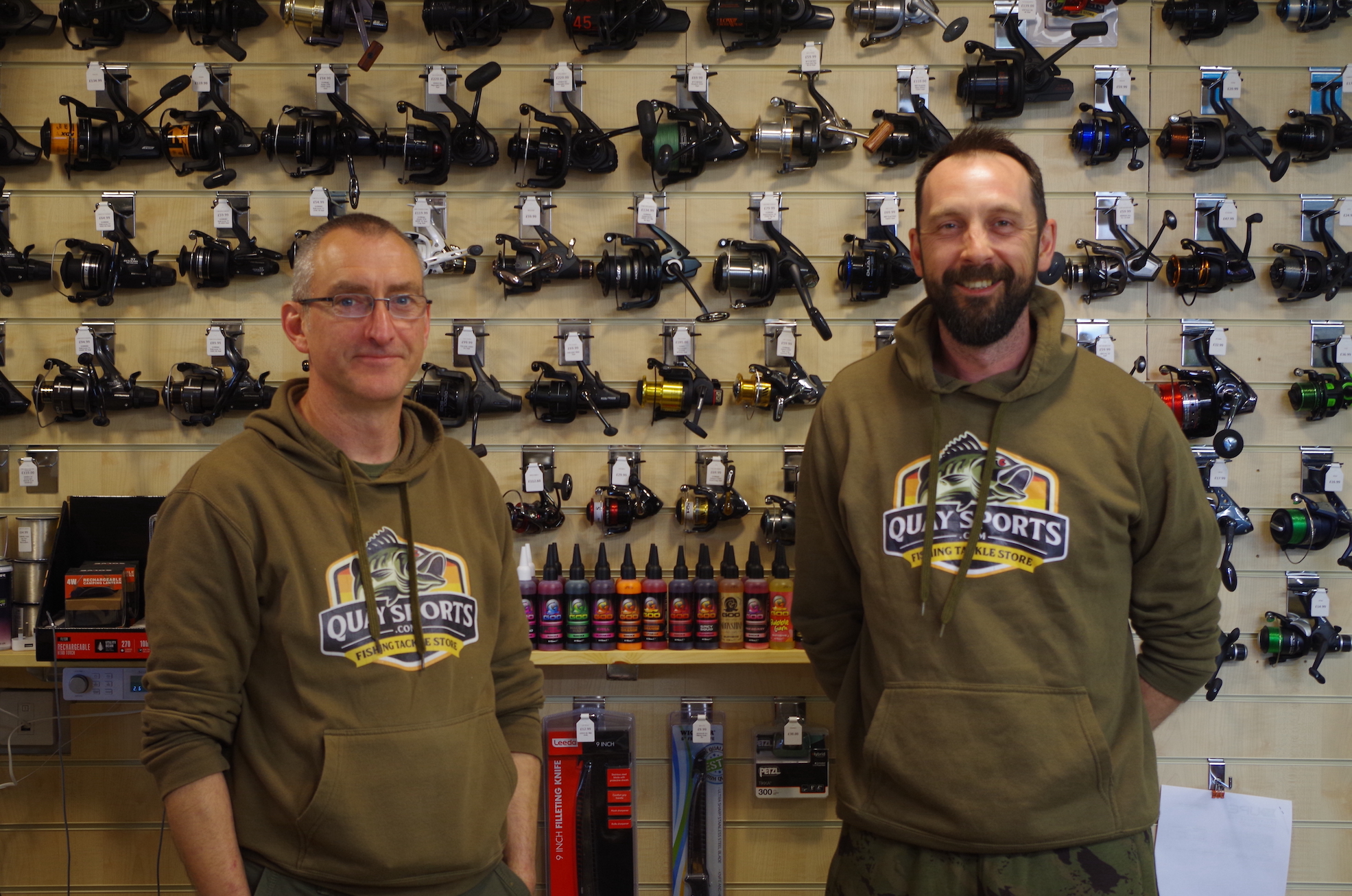
“We are condensing the hours so we can have 3 or 4 members of staff in the shop more of the time at the busier periods. This will mean we will have more time to offer advice, demo products and serve customers more efficiently.”
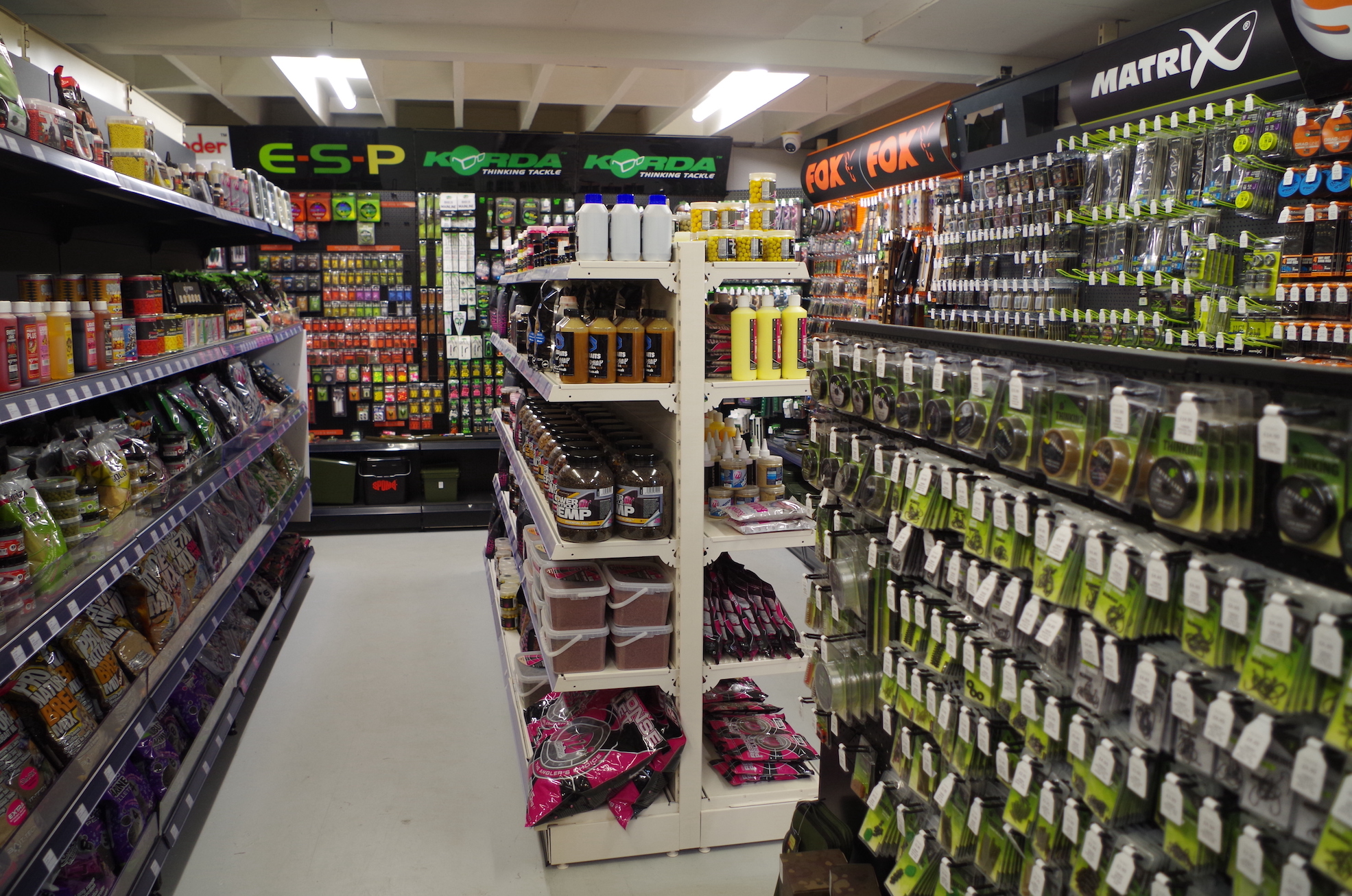
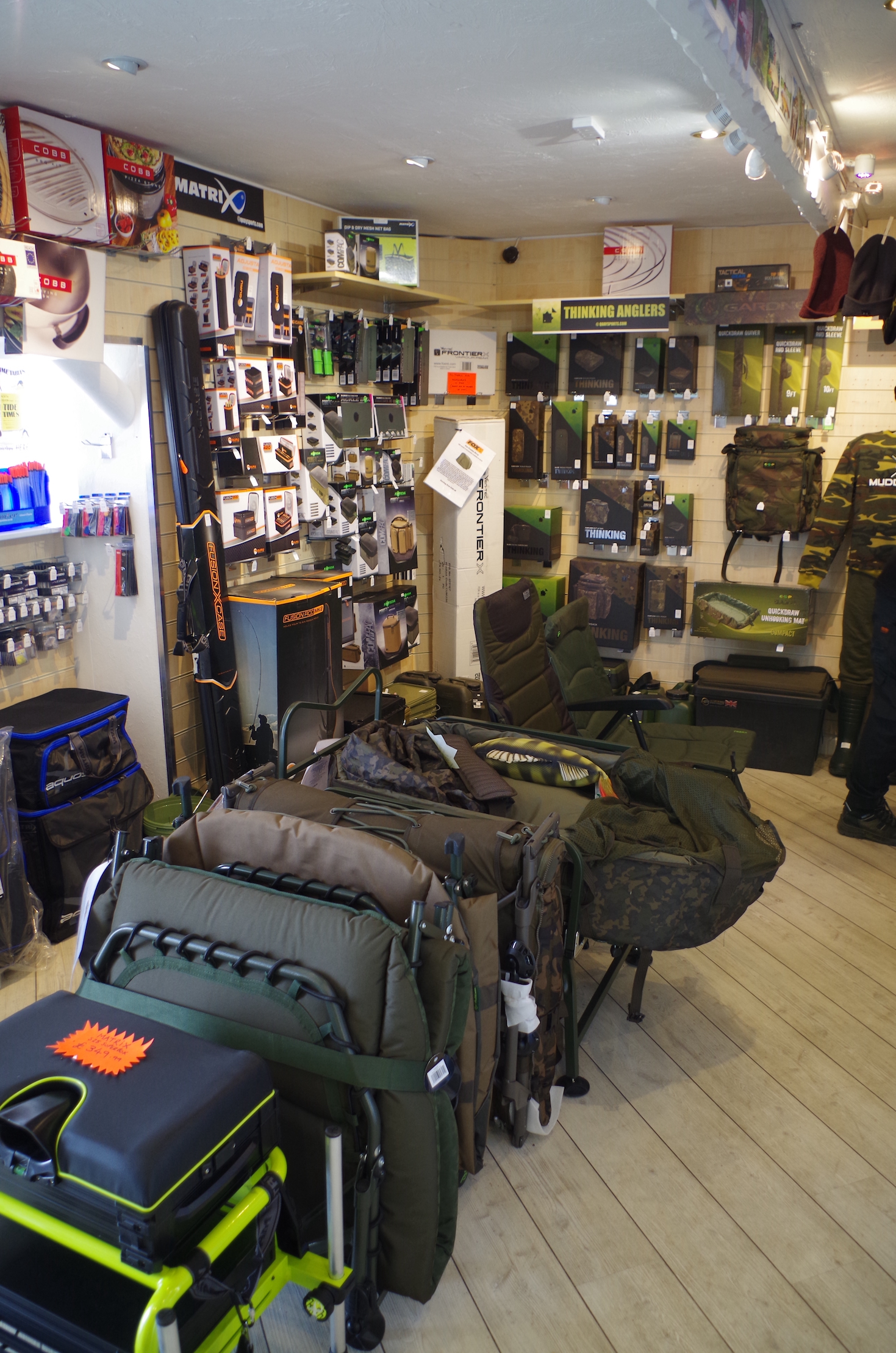
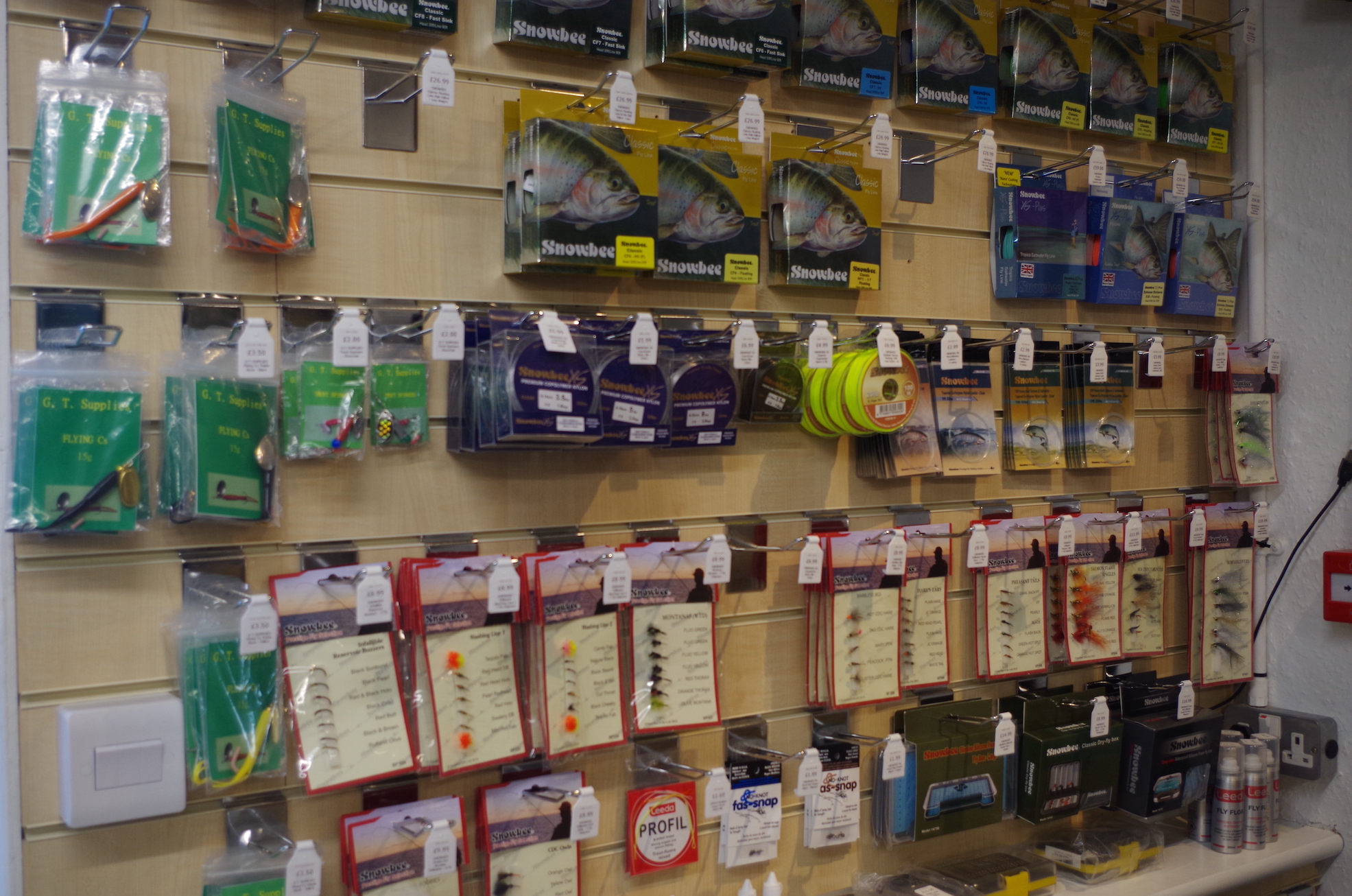

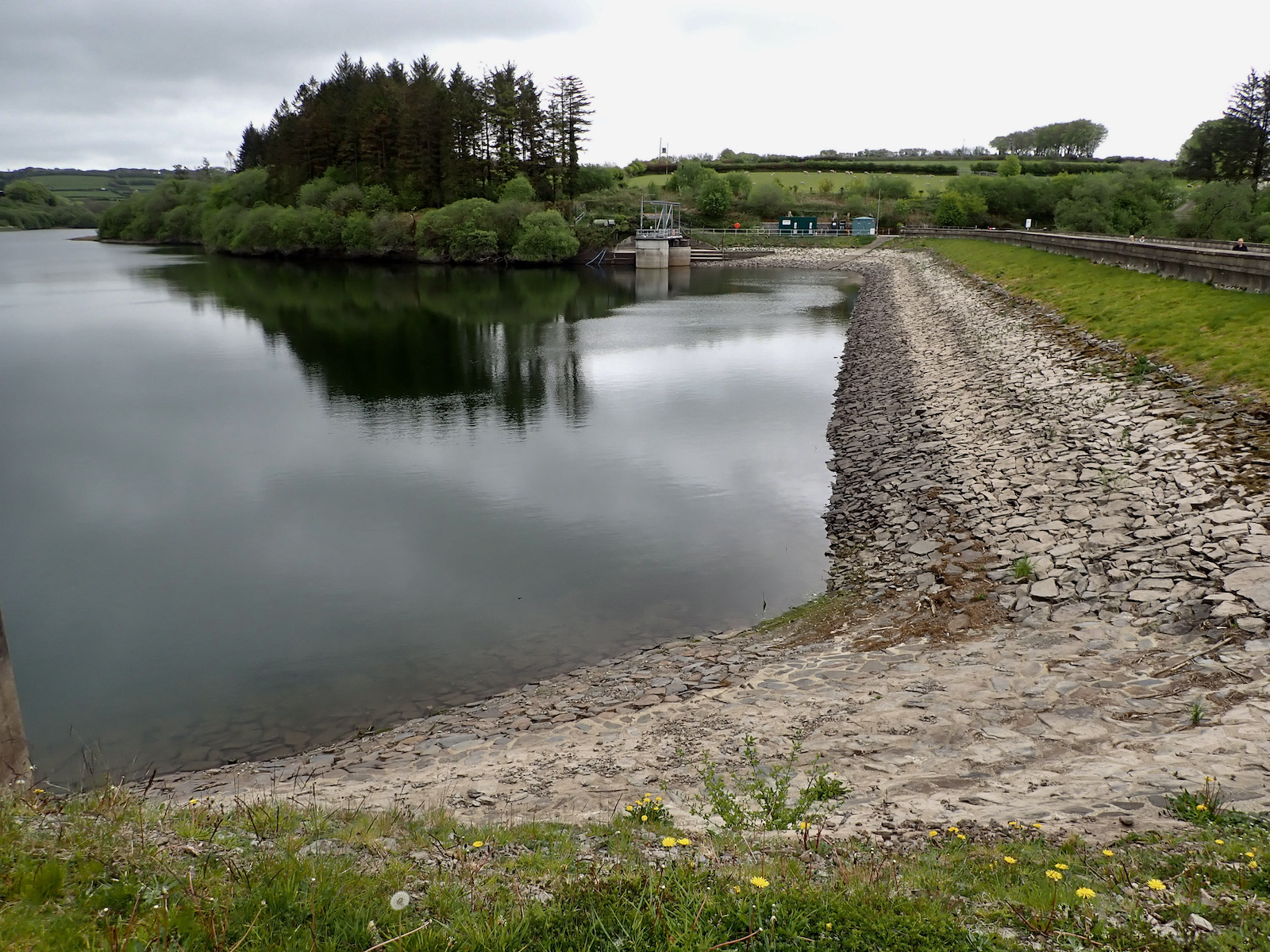
As I walked down to the dam at Wistlandpound I was surprised to see just how low the reservior was so early in the season. After a long dry spring and a relatively dry winter it will need a lot of rain to regain the levels with water pumped from the River Bray near Challacombe.
This was only a short session that was to prove far more productive than I expected. I tied a small black lure on the point and black spder pattern to a dropper. Walking to the point on the West Bank I started putting out a line and started a slow retrieve. After each cast I took a step to my right planning to cover plenty of water. After half a dozen casts I was encouraged by a boil on the surface as a fish swirled at the fly without connecting.
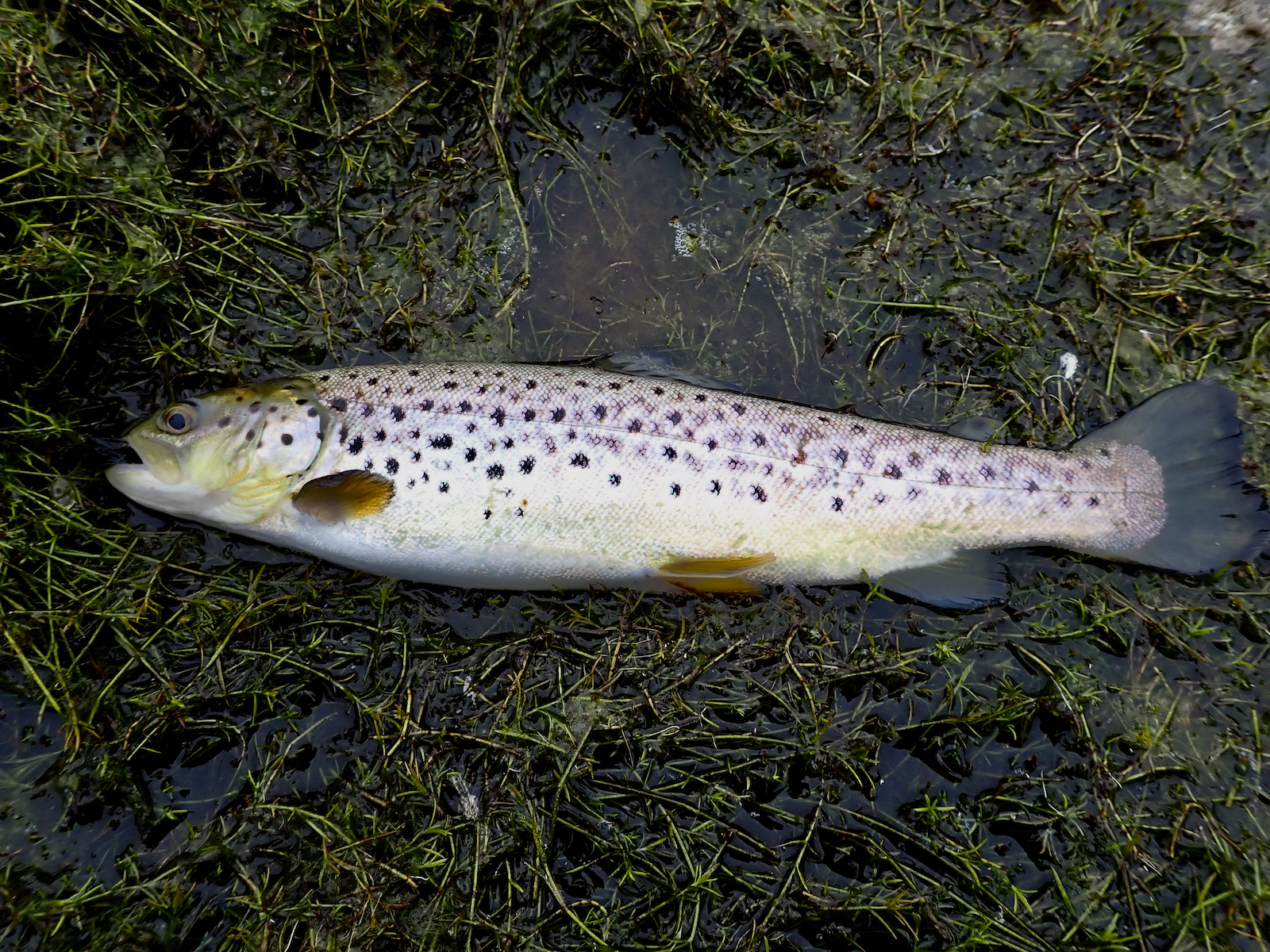
A few cast later came a solid tug as I connected with a brown trout that gave a spirited account spending plenty of time leaping high out of the water before coming to hand. During the next 45 minutes another five trout followed all pristine looking fish of around 10″.
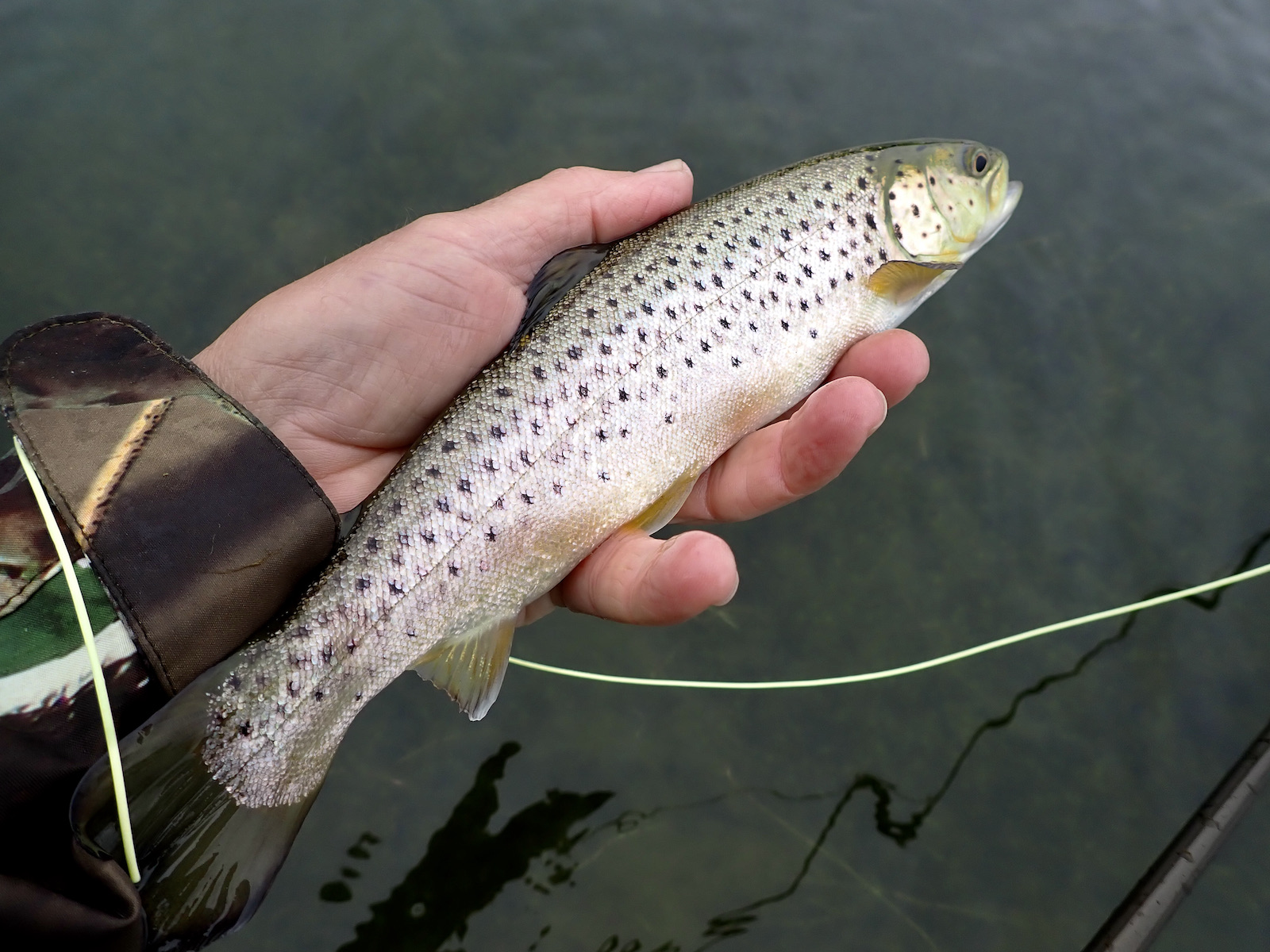
I decided to walk to the far end close to the inlet to see if any rudd were showing. After a couple of casts another brown trout siezed the fly and was brought protesting to Hand. I caught sight of swirls close to the weeds and put the flies into the area. The line pulled tight and I lifted into my first rudd of the season. During the next thirty minutes a dozen or so rudd were brought to hand. These were beautiful fish the light bouncing off their scales and fins glowing red. Th size of the rudd was encouraging with the average size bigger than those caught last year. The best was around 12oz and I have heard runours of fish well over 1lb.
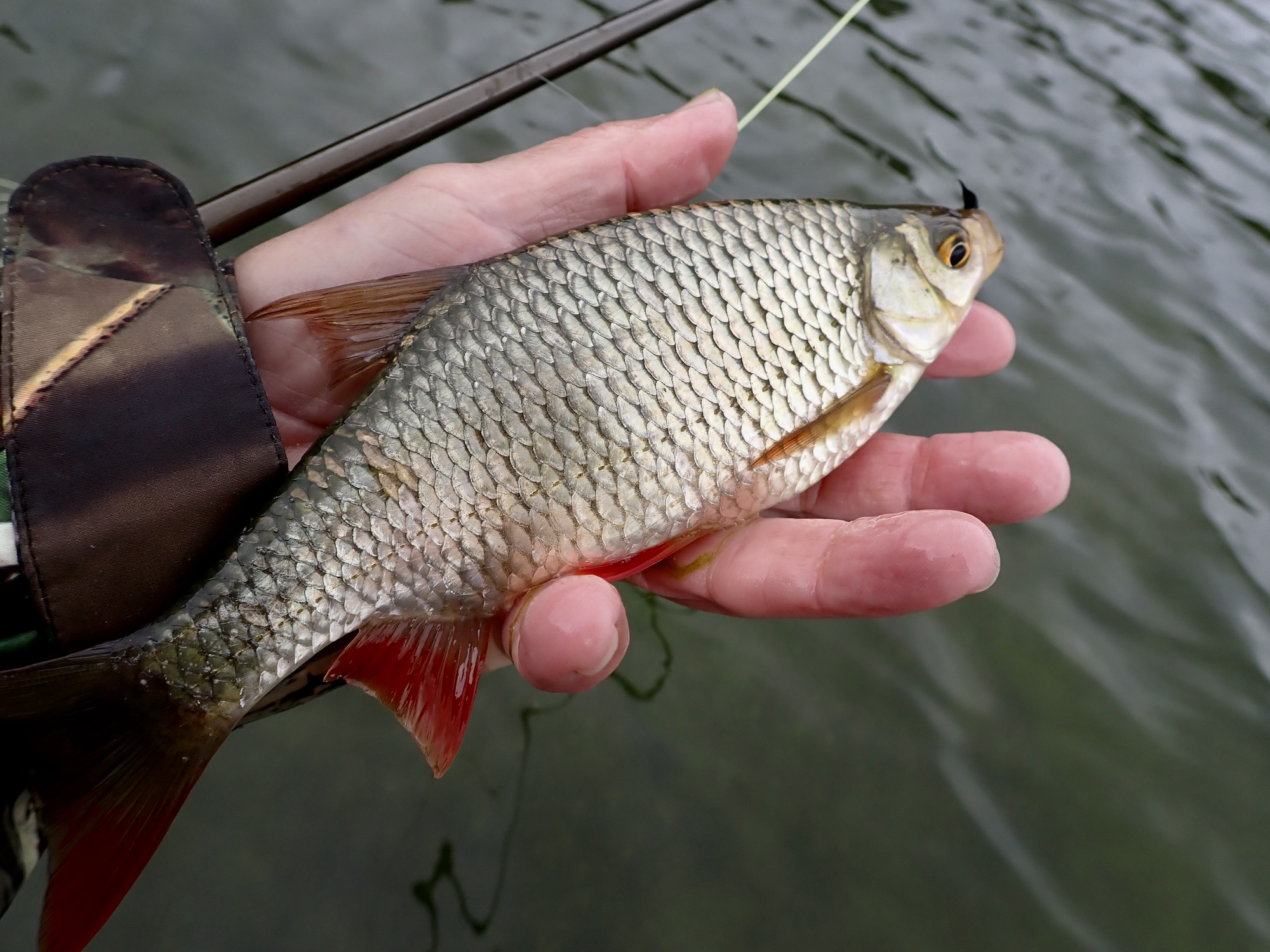
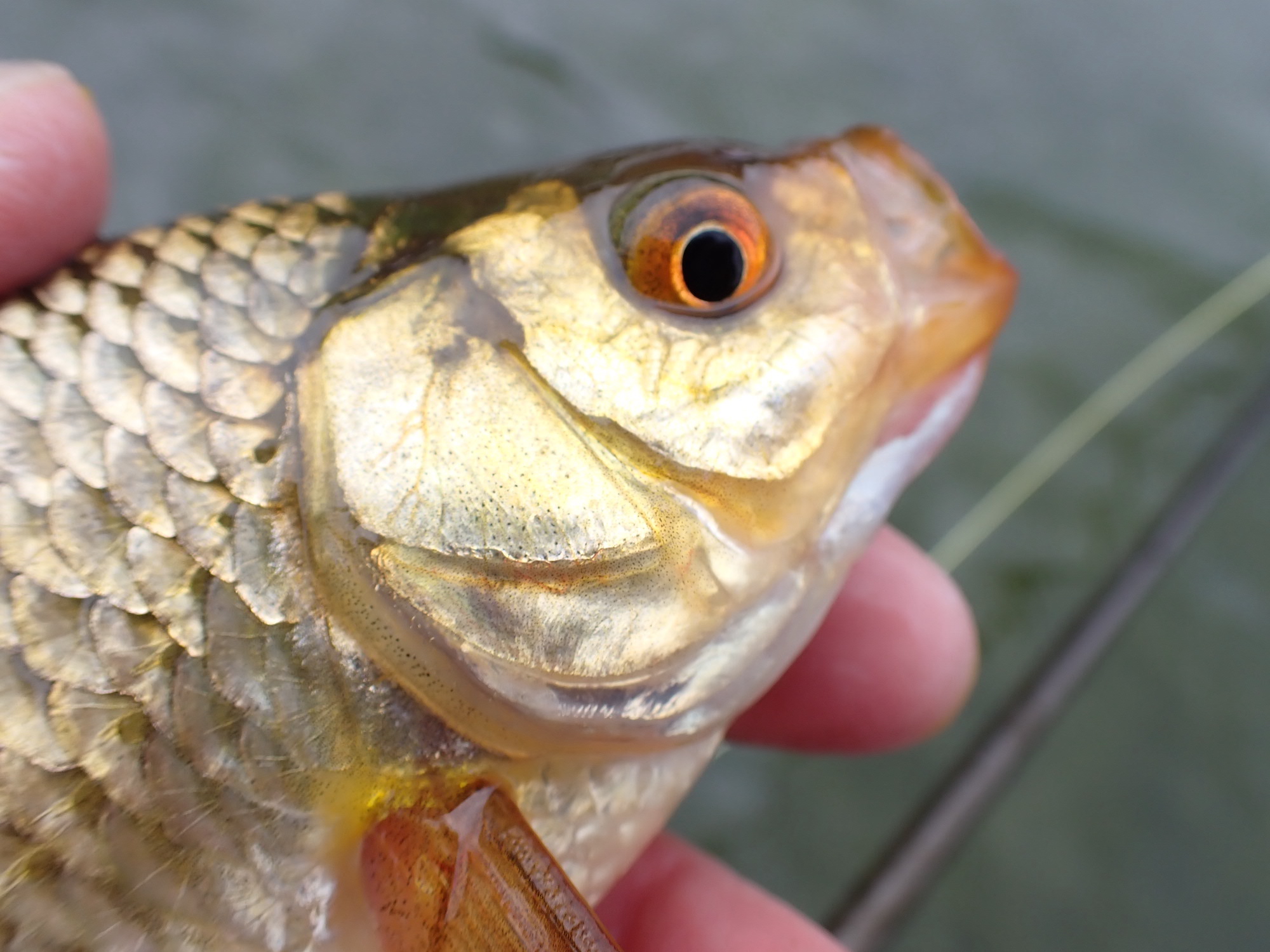
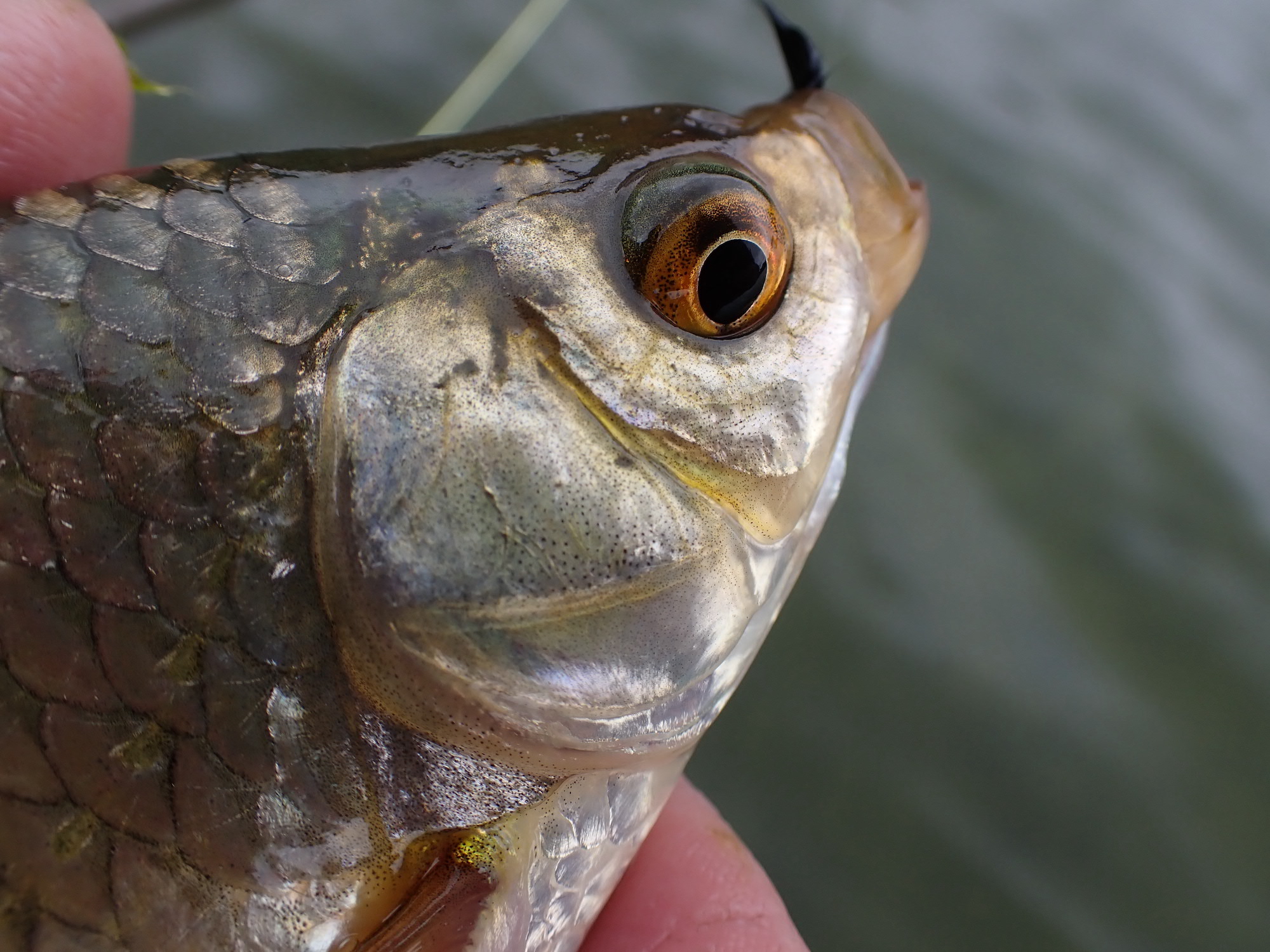
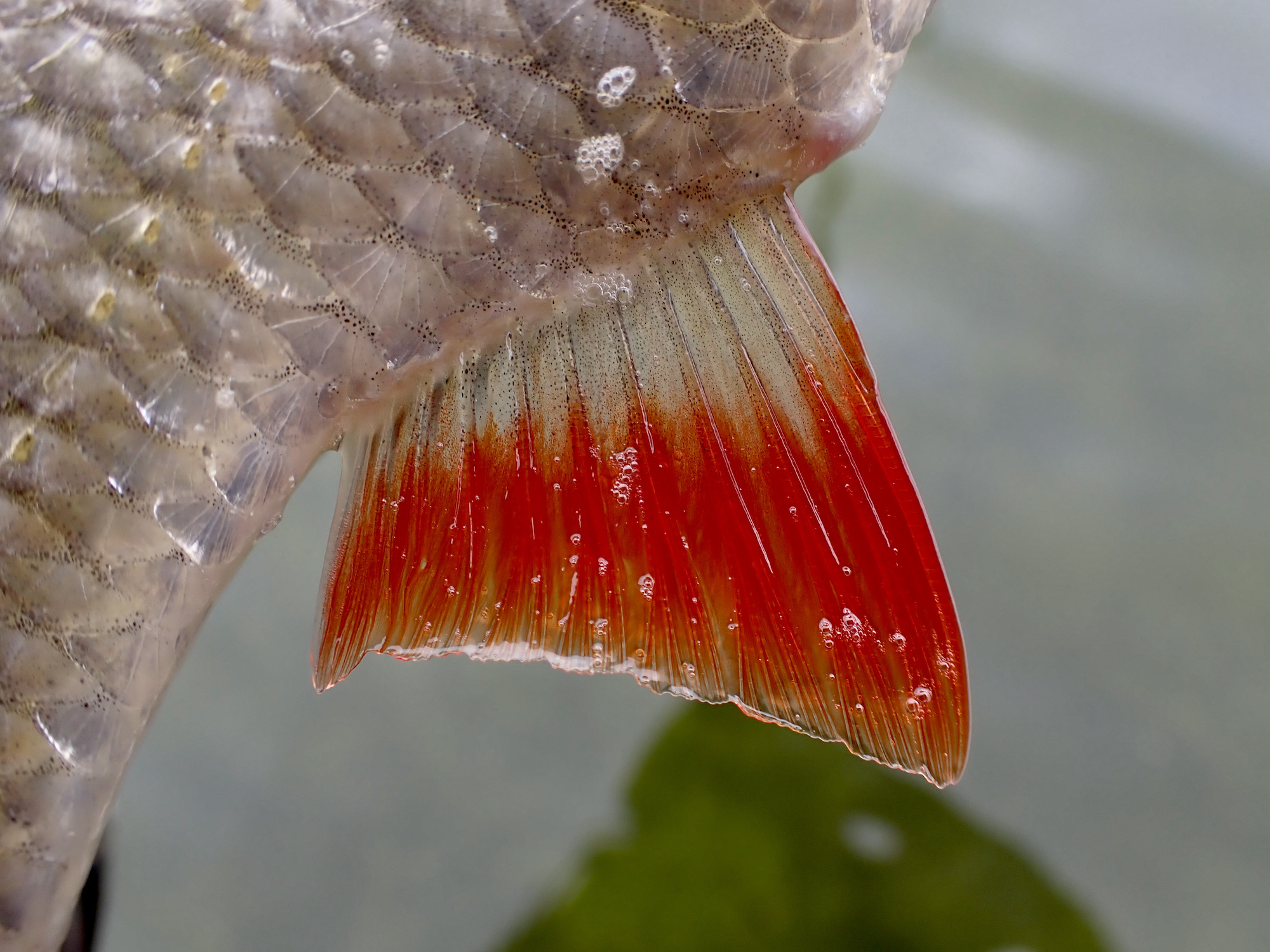
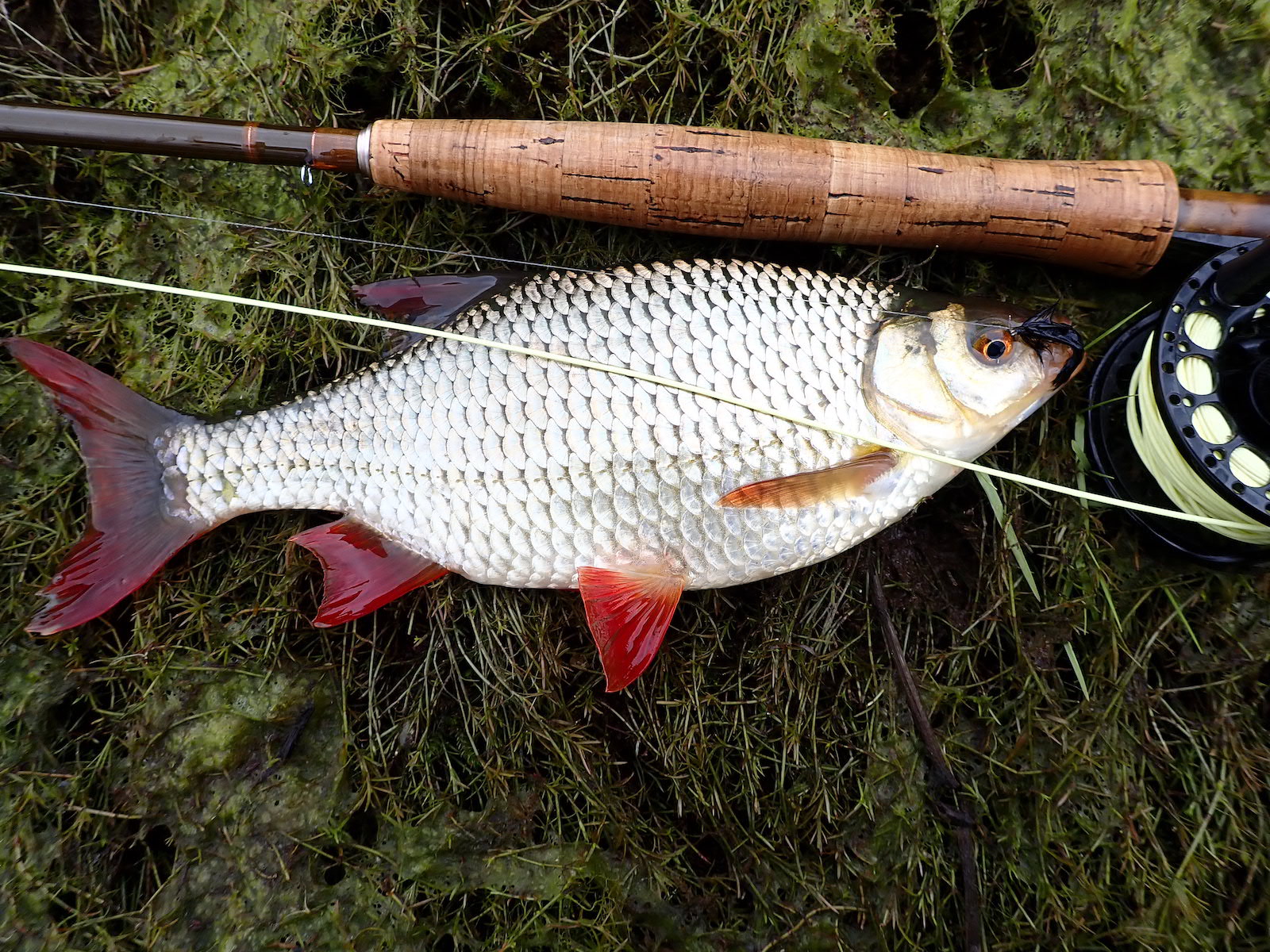
I walked briskly back to the car after a short but rewarding session.
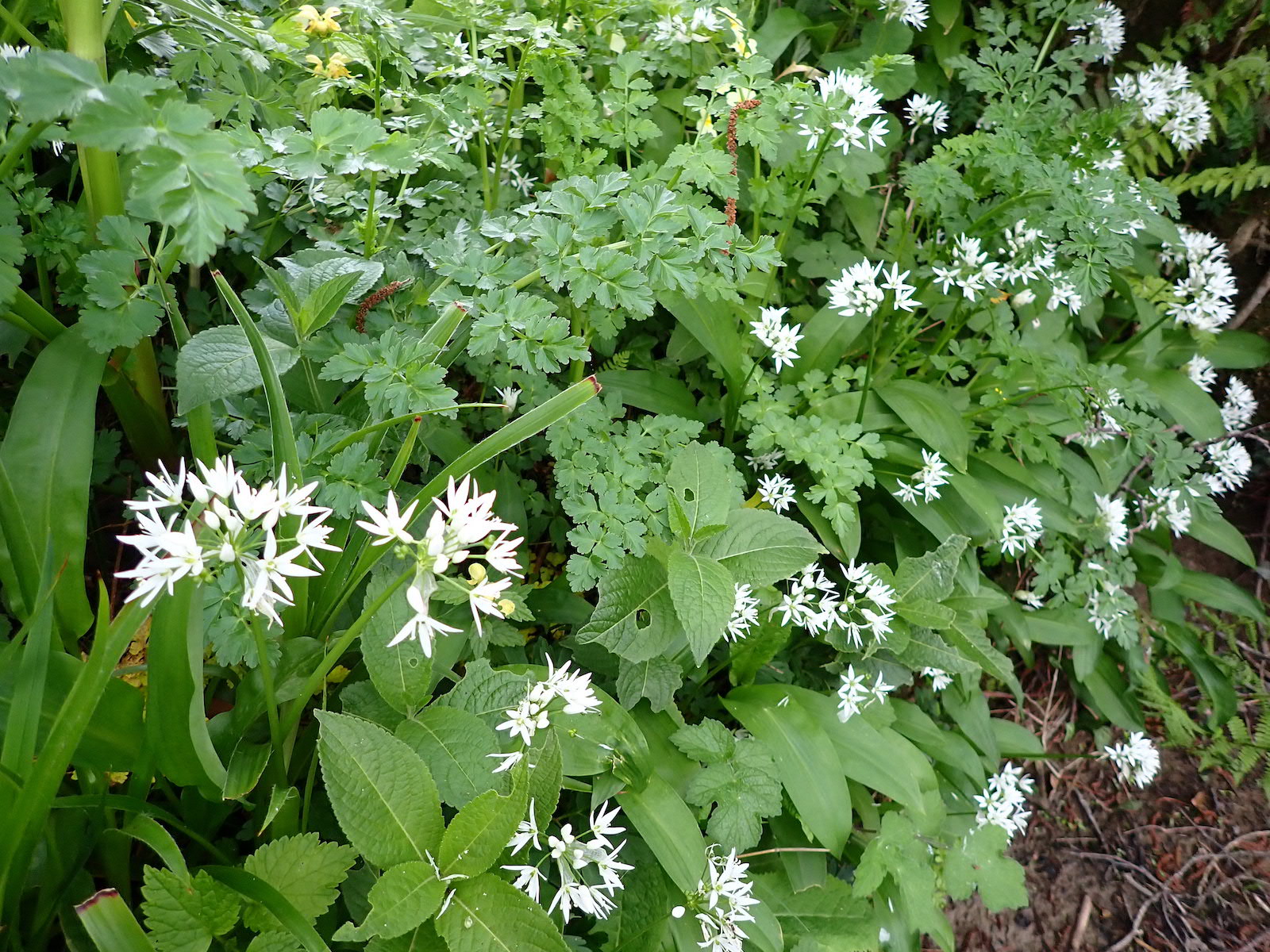
The river was running low and clear as I threaded the line through the rings tying one of Nigel Nunn’s scruffy dry fly creations to a fine leader. It was a cool calm overcast evening and no fish appeared to be rising as I watched the water.
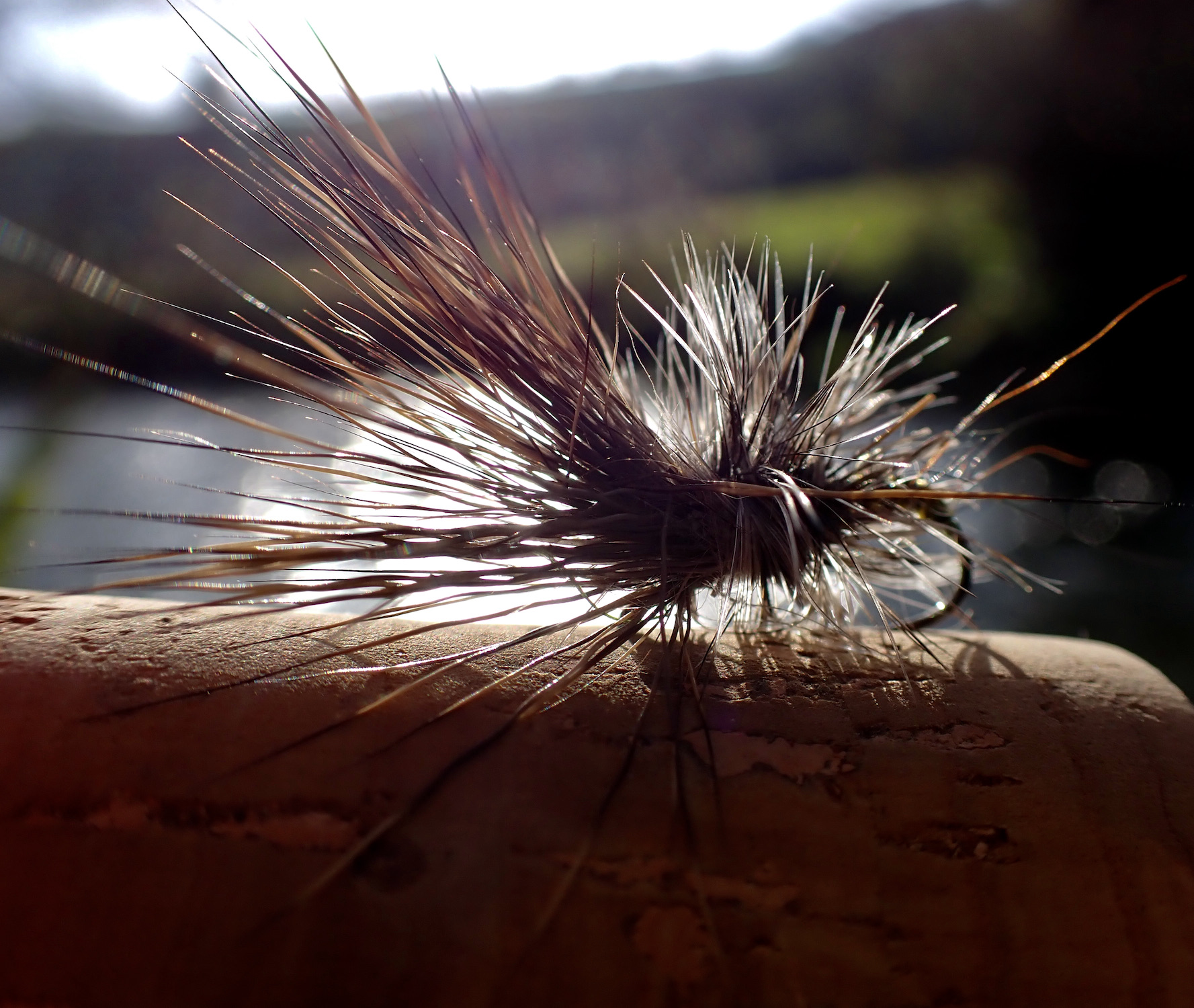
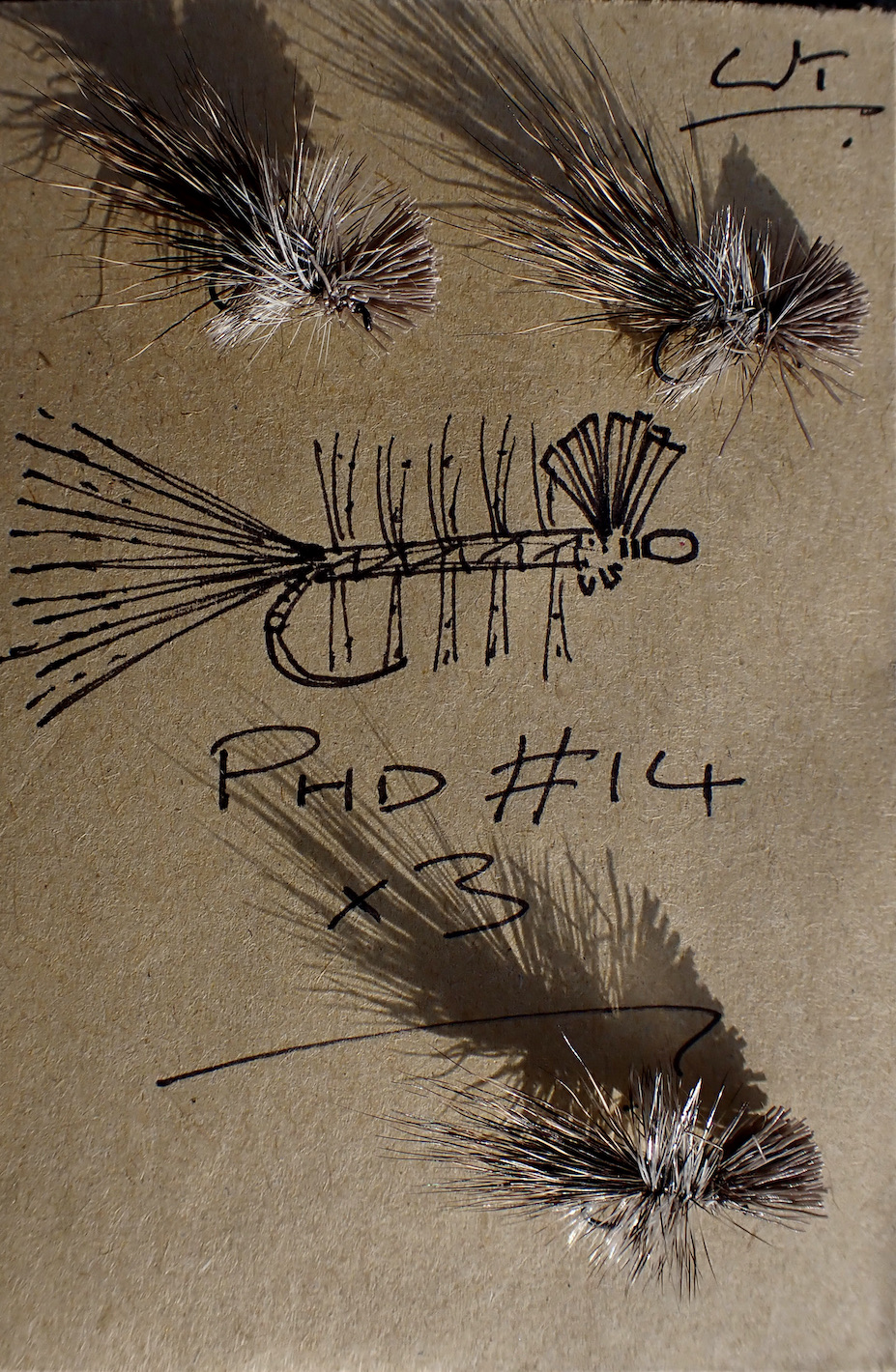
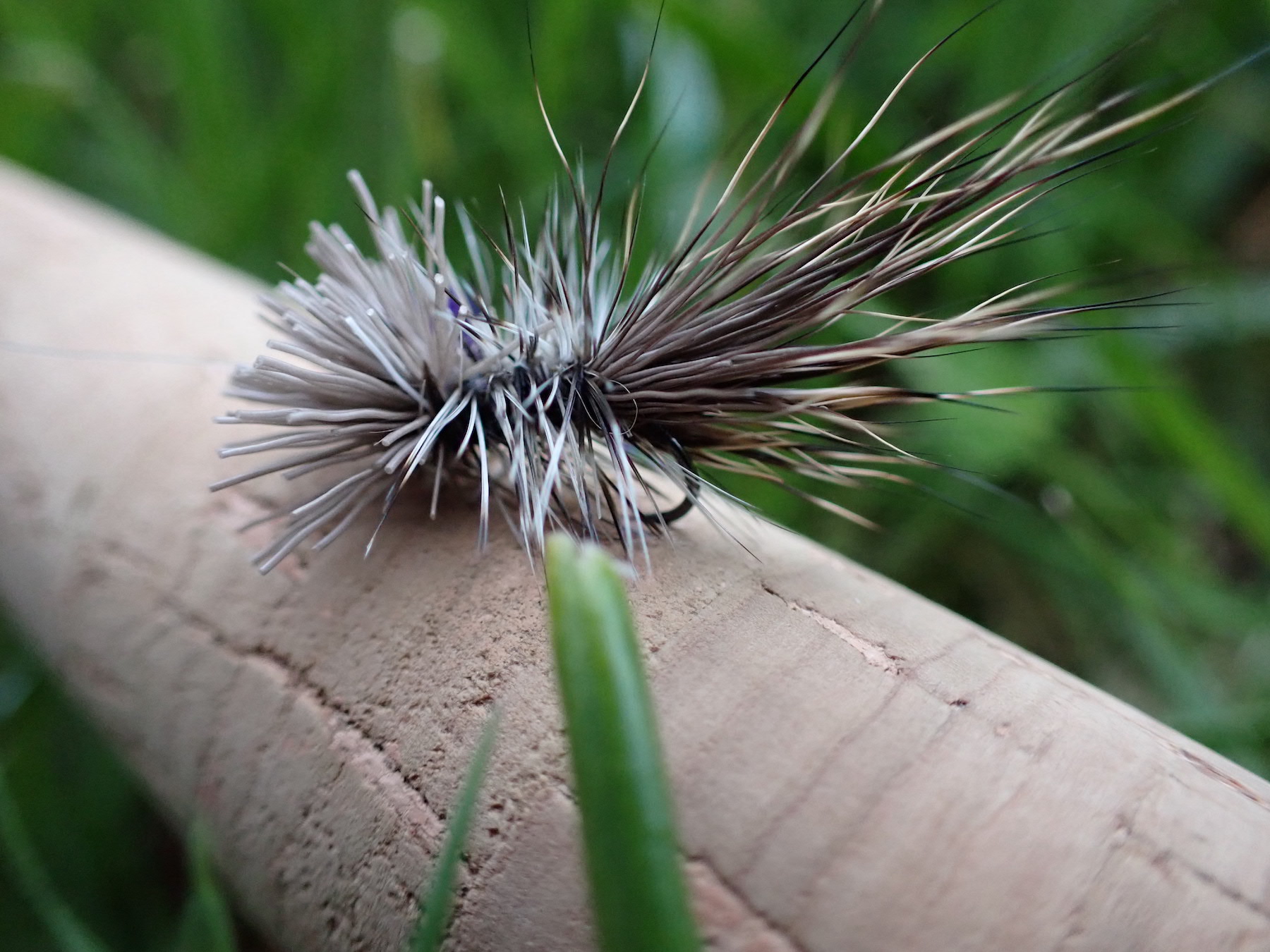
Lambs pranced in the fields, spring flowers lined the banks and birdsong filled the air. With life throwing a few challenges the river gave a welcome relief as I waded carefully into the clear water. I was using a light weight Snowbee classic rod and flicked the dry fly up stream focusing on the buoyant fly as it alighted and drifted down.
I have never enjoyed a great deal of success casting into calm still pools on these small rivers with fish far more liable to slip up in the streamy fast water at the pool’s heads or deeper runs.
Searching the water as I waded and scrambled as stealthily as I could upstream; a true tonic fully focussing the mind upon the moment. The bushy fly bobbed buoyantly and I was heartened to raise a couple of smallish trout that I failed to connect with. Threading the back cast between overhanging branches proved challenging at times but tangles were few and my rhythm felt good as the fly alighted repeatedly in promising spots.
The living river valley filled the senses, wild garlic in full flower its pleasing scent released from time to time as it was crushed underfoot. Carpets of bluebells beneath the trees with vivid fresh green starting to show. Ferns were unfurling and bird song drifted across the valley with activity all around as parent birds searched for food.
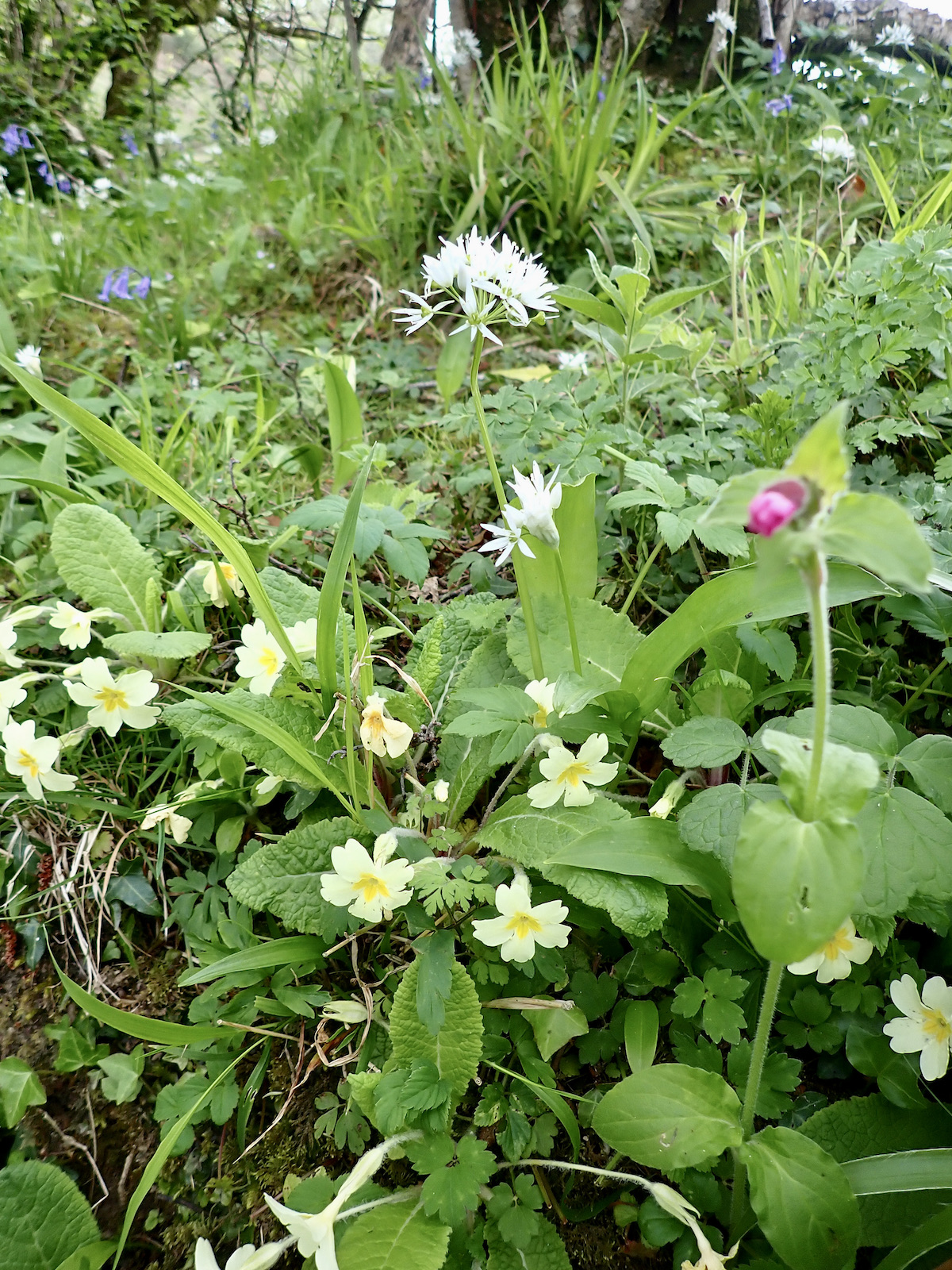
I had covered perhaps half a mile of water when I flicked the fly into a streamy run.
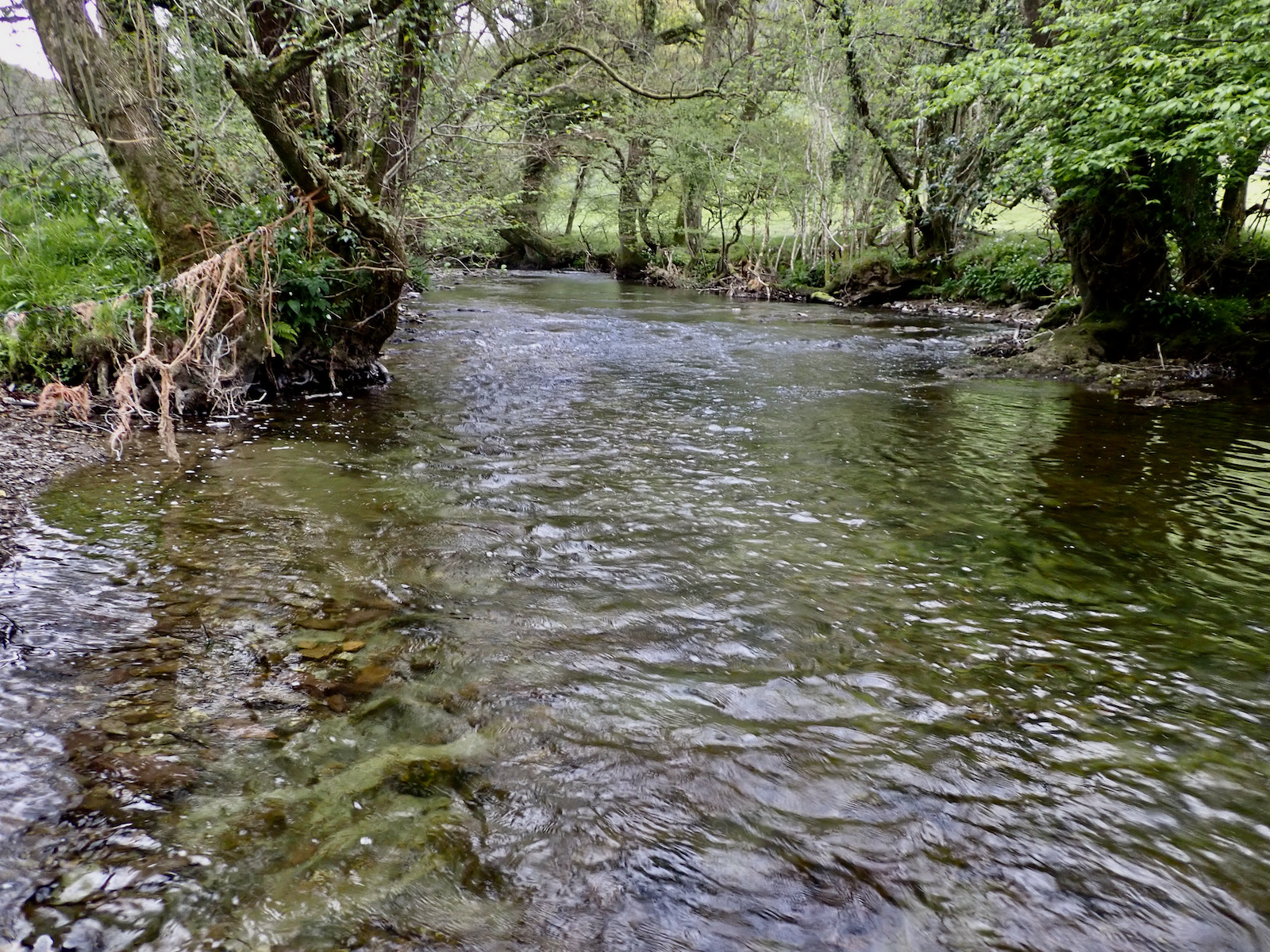
A swirl on the surface, a flick of the wrist and that delightful connection. The light rod pulsed in my hand as the fish fought in the strong current. I relished the moments and was thrilled when the fish was safely pulled over the rim of the net. I admired its spotted flanks, slipping the barbless fly from its jaws grabbed a picture of a 12” beauty, holding the fish for a moment in the flow.
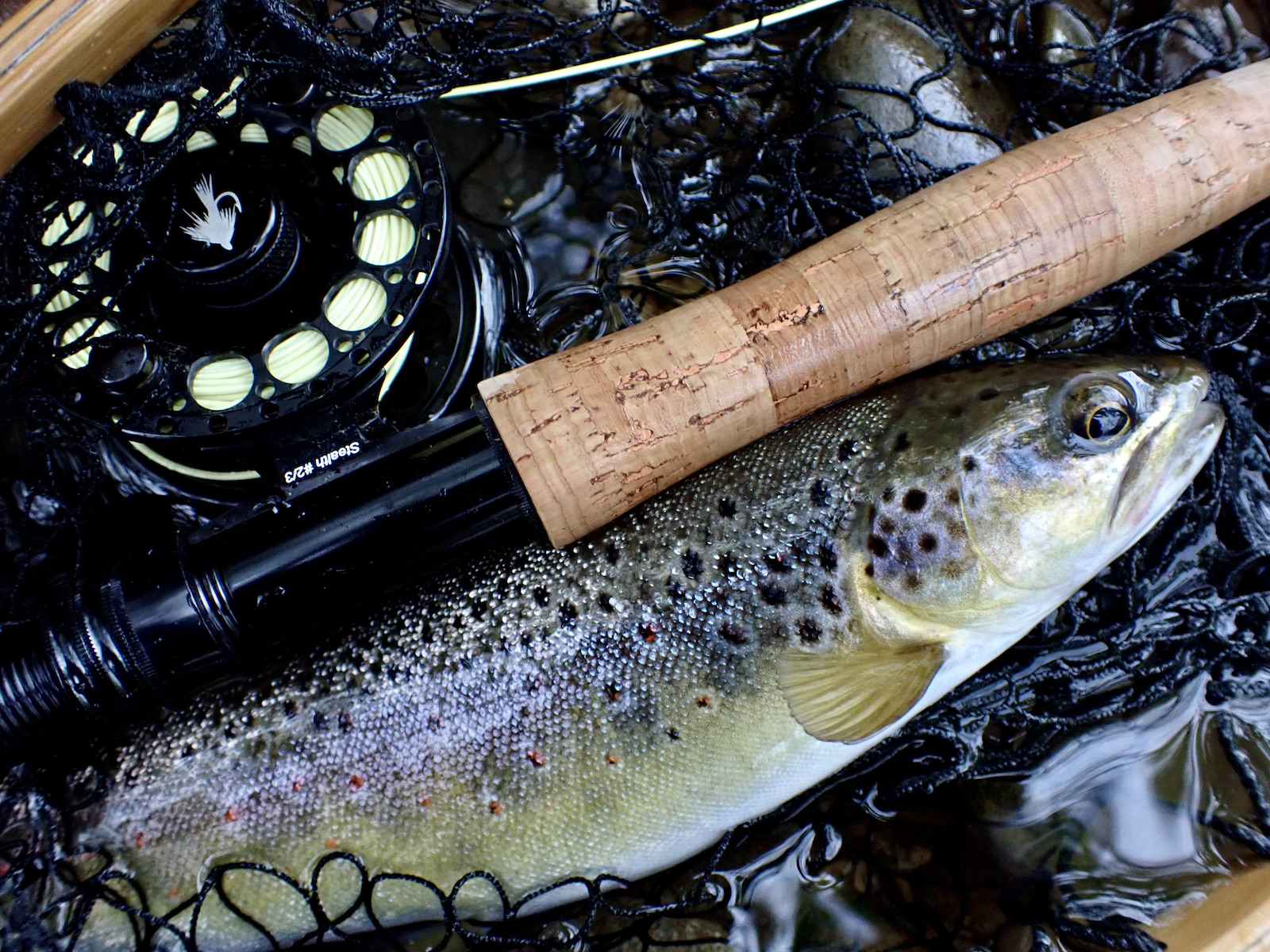
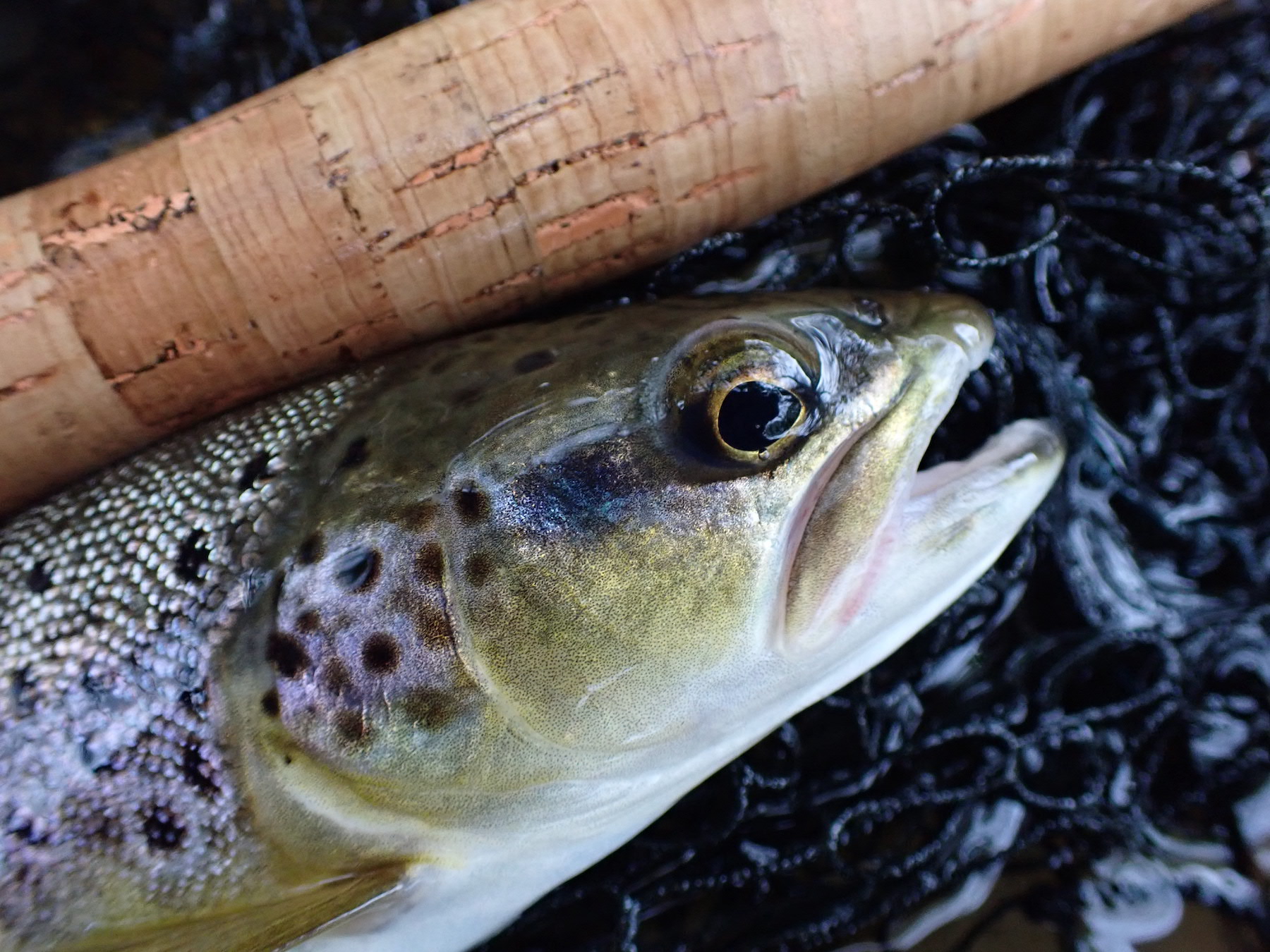
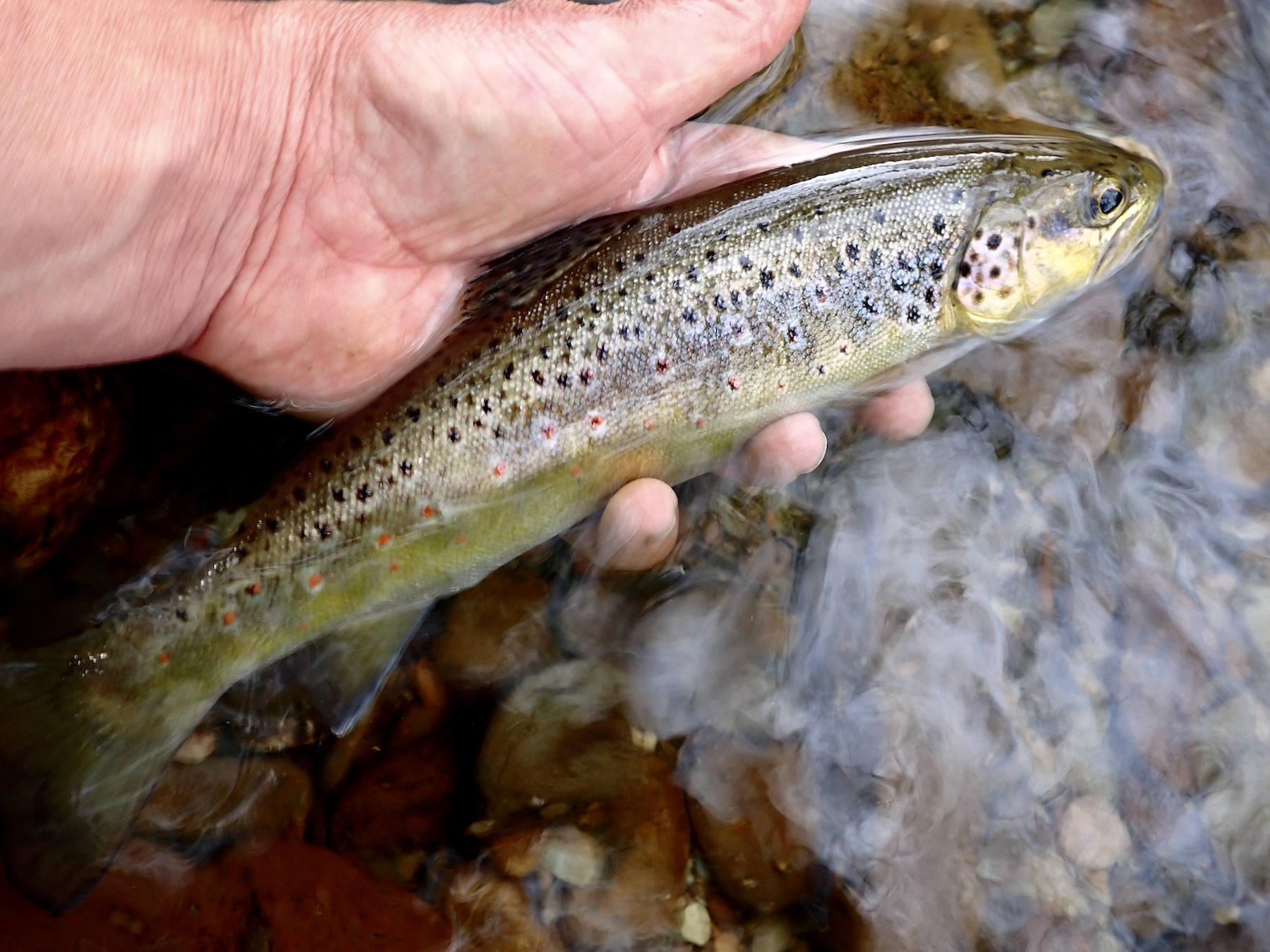
It disappeared with a flick of its tail, gone from whence it had come a vision etched upon the minds eye.
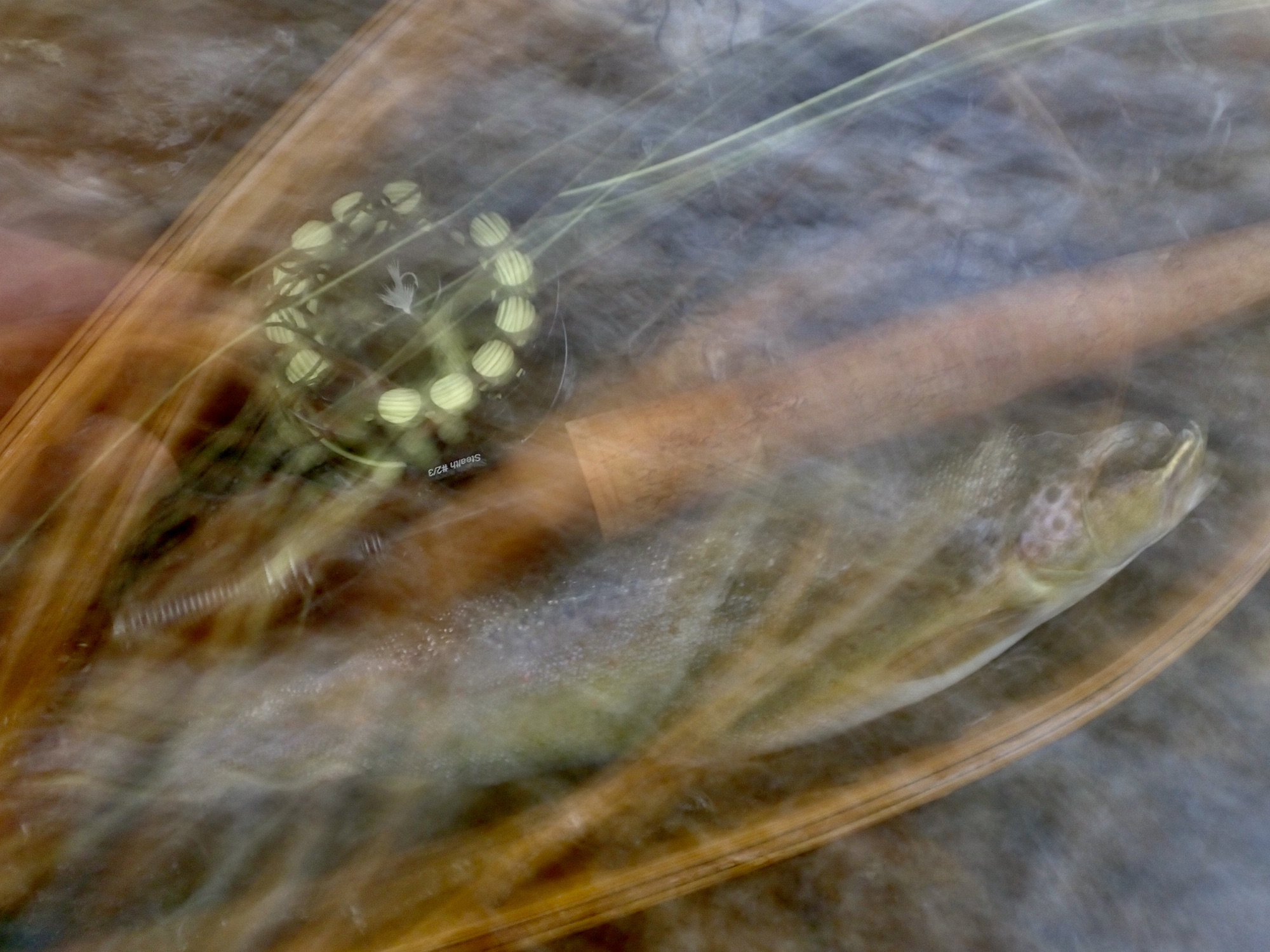
I continued my search for another half an hour before walking back to the car as the evening light began to fade. I glanced under the old bridge and thought about exploring the river below next time.
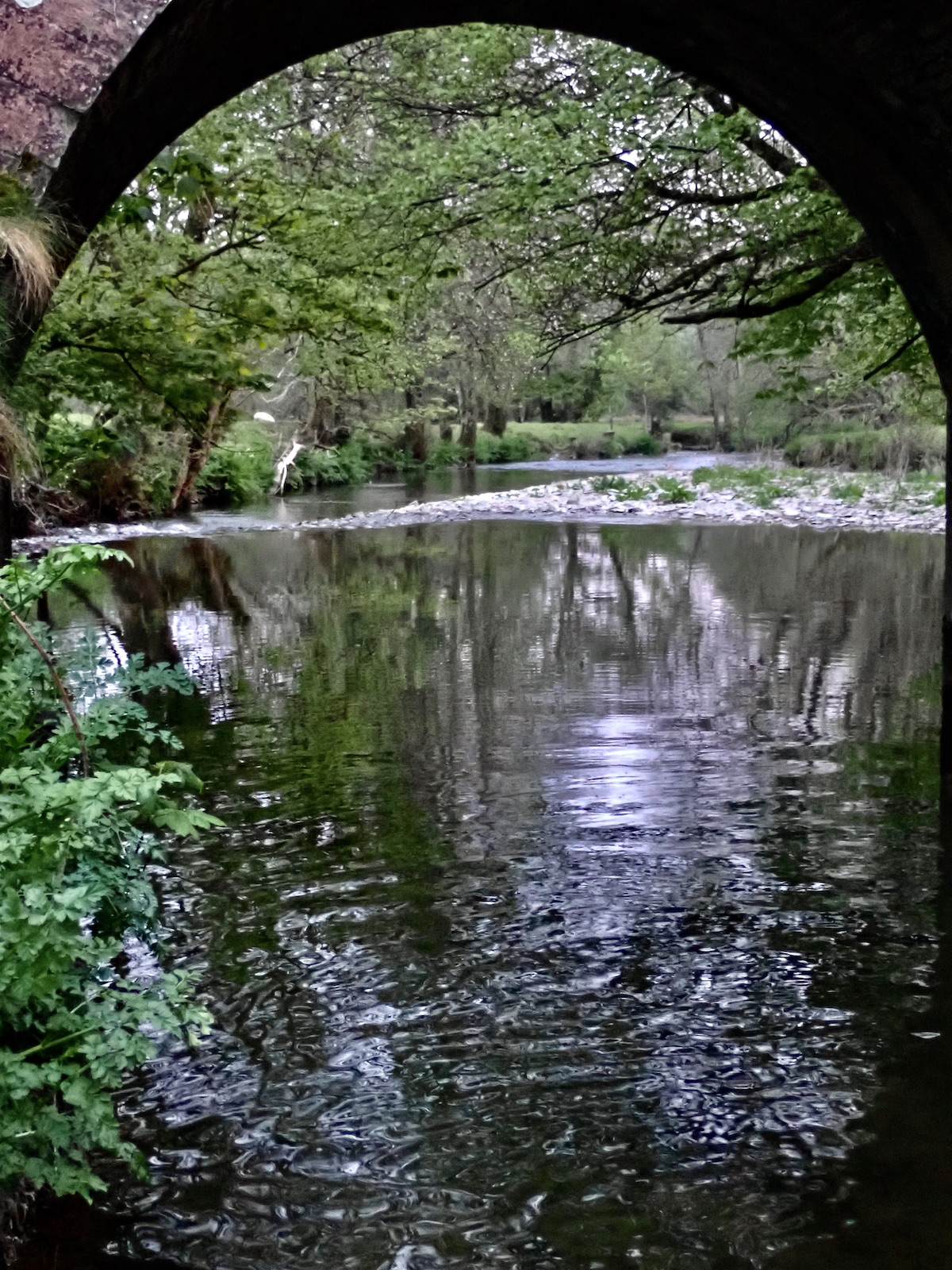
The western sky glowed pink over the horizon as I drove home and I thought of the coast and casting a lure to bass in the fading light or maybe waiting for a smoothound to scream away.
Chay Boggis had a feeling that a trip to the river would be worthwhile and headed for the Weir Marsh and Brightly beats on the Taw. Thinking that the rain although not enough to make the the river rise if there’s fish in the pools its enough to get them to take the fly.. “Absolutely buzzing to have hooked this 13lb spring fish on my little 7 weight switch rod what a scrap.”
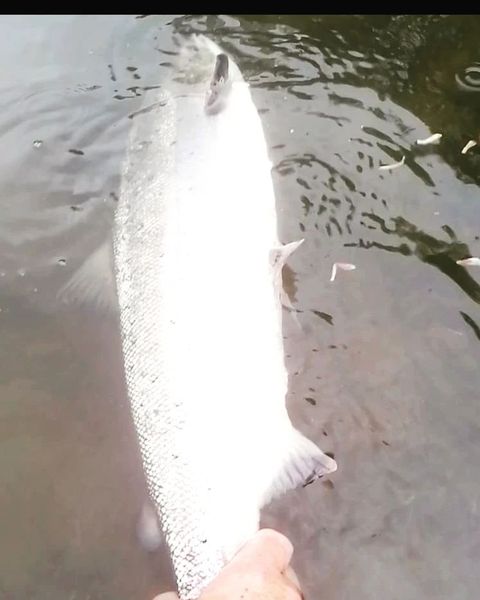
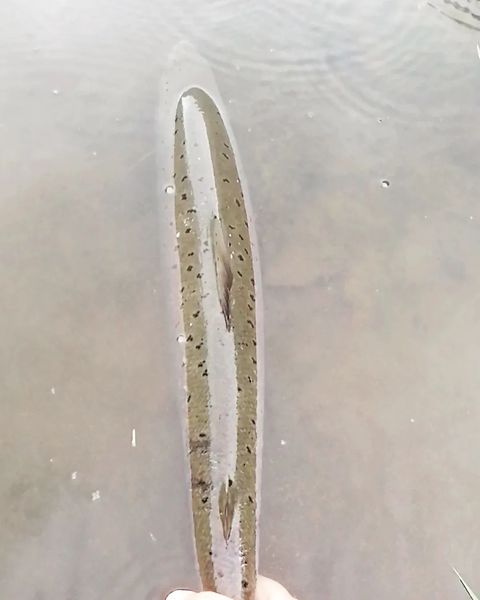
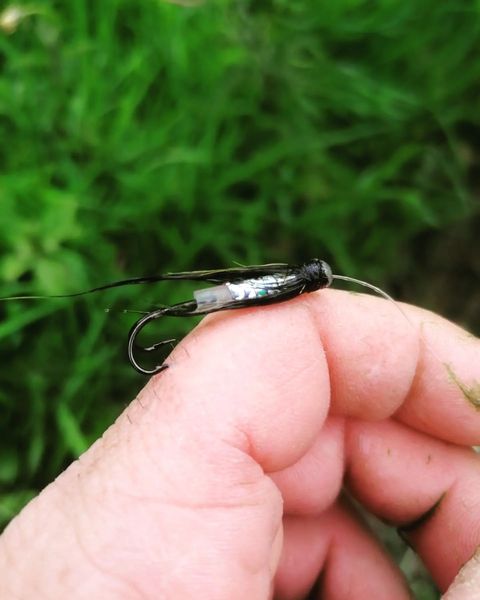
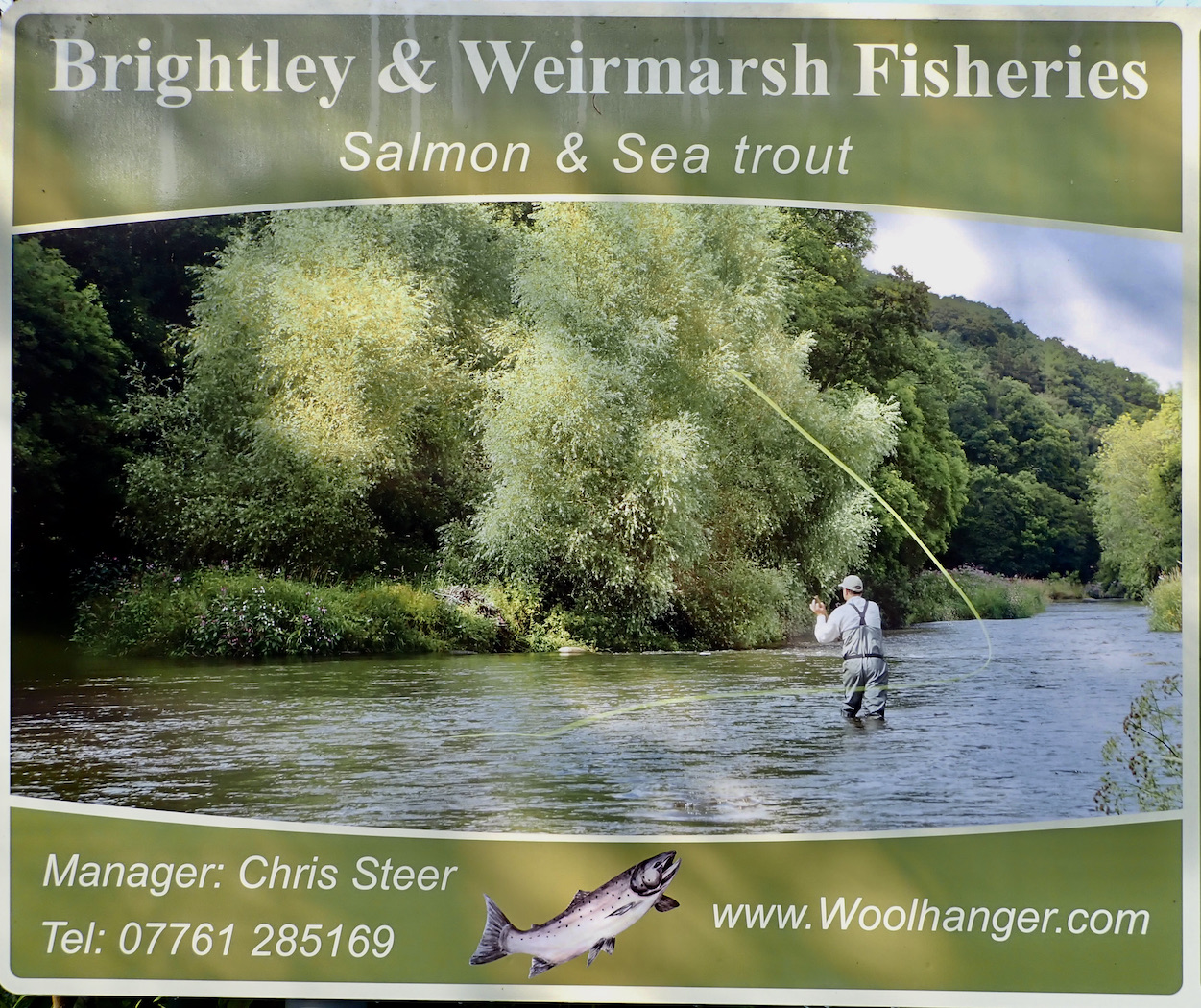
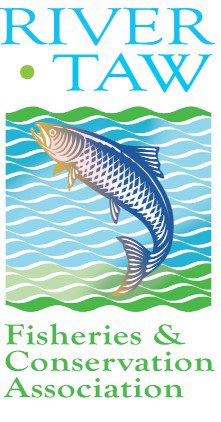
May rover results
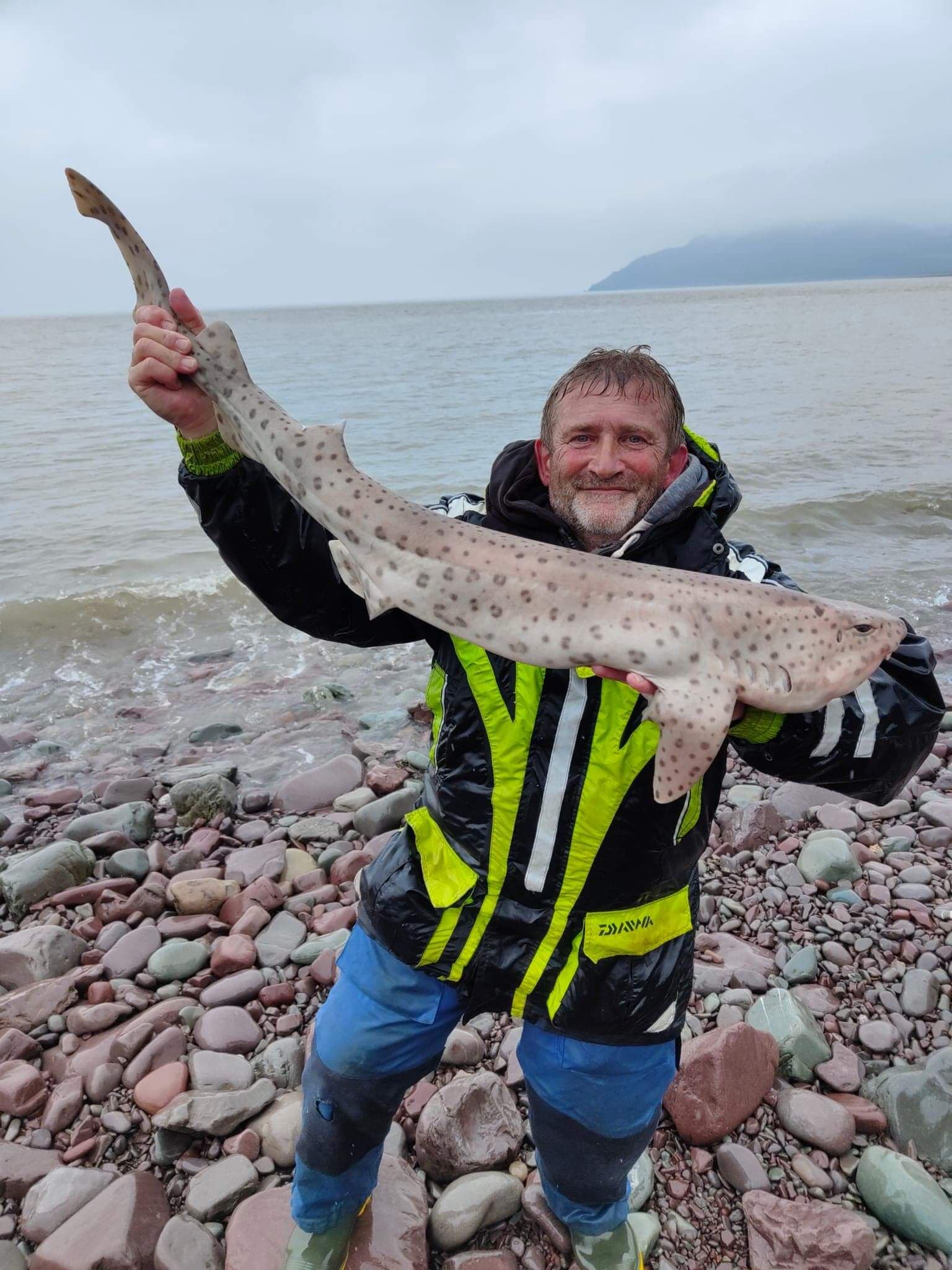
13 angler’s fished 5 fish caught
1st Stephen Found Bull Huss 15lb 4 1/2oz 152.812%
2nd Nathan Clements Thornback Ray 7lb 12 1/2oz 86.485%
3rd Paul Ackland Smoothound 7lb 10 1/2oz 76.562%
4th Stephen Found Spotted Ray 3lb 4oz 72.222%
5th Antony Smith Thornback Ray 6lb 7oz 71.527%
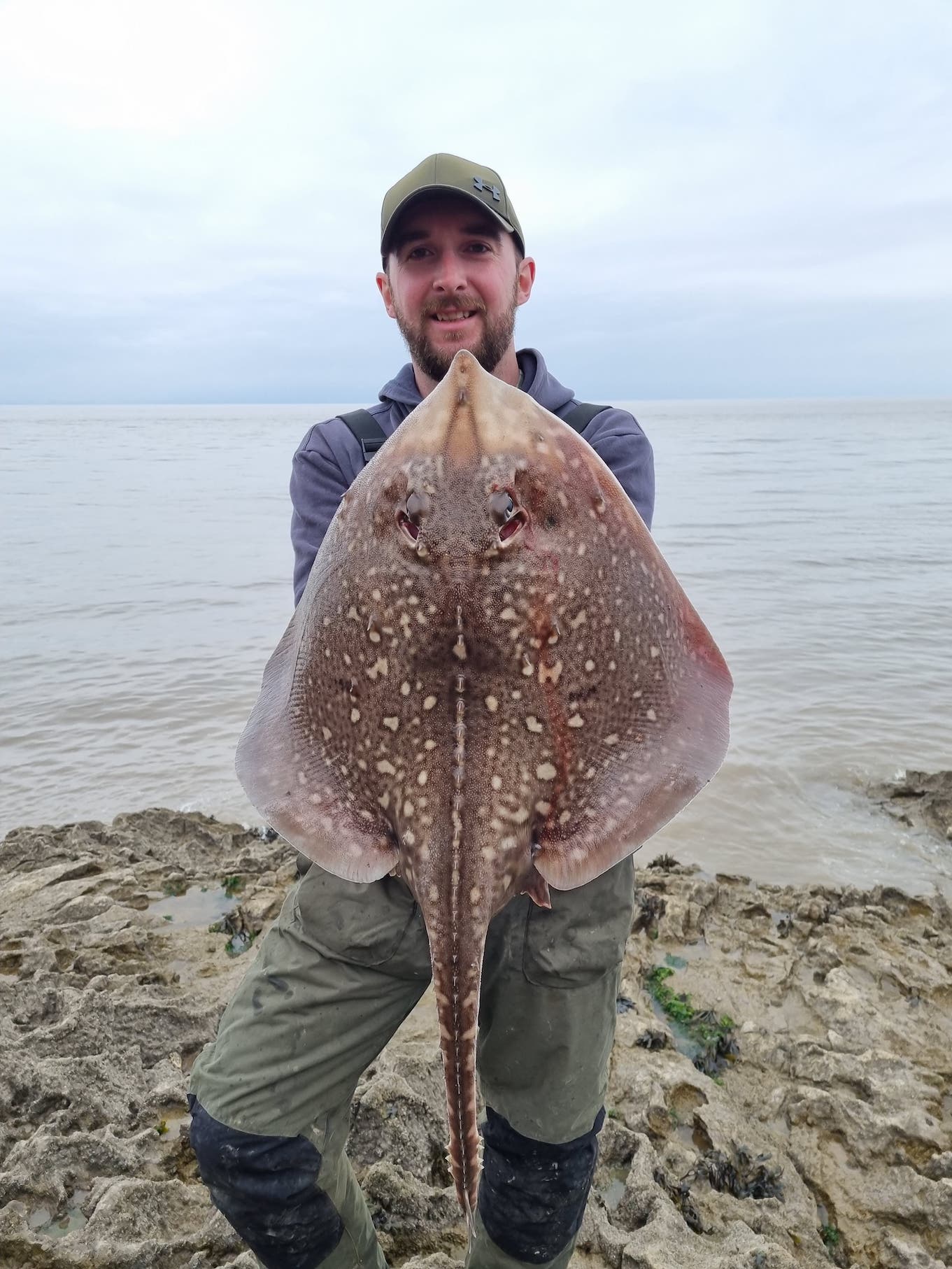
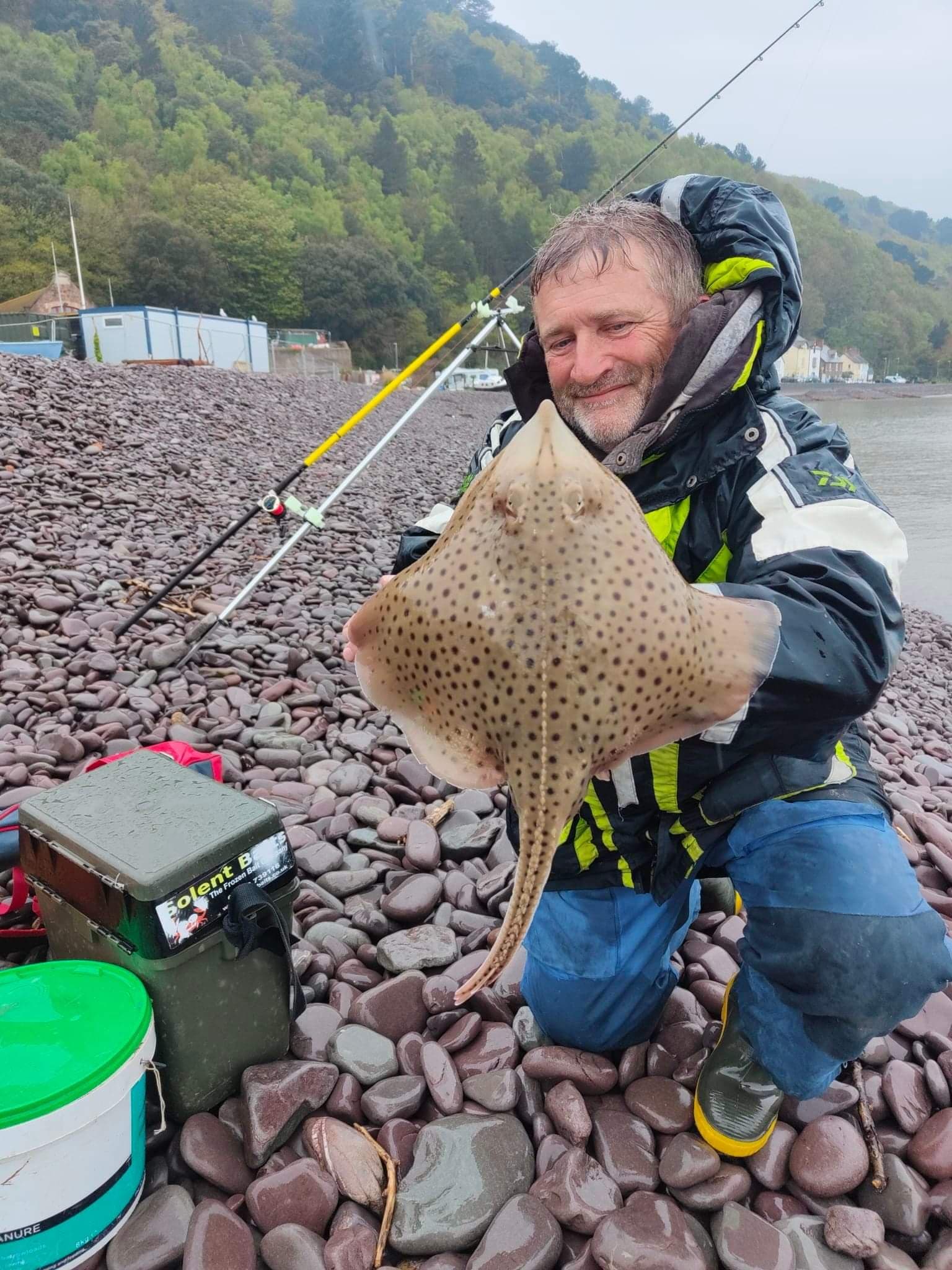
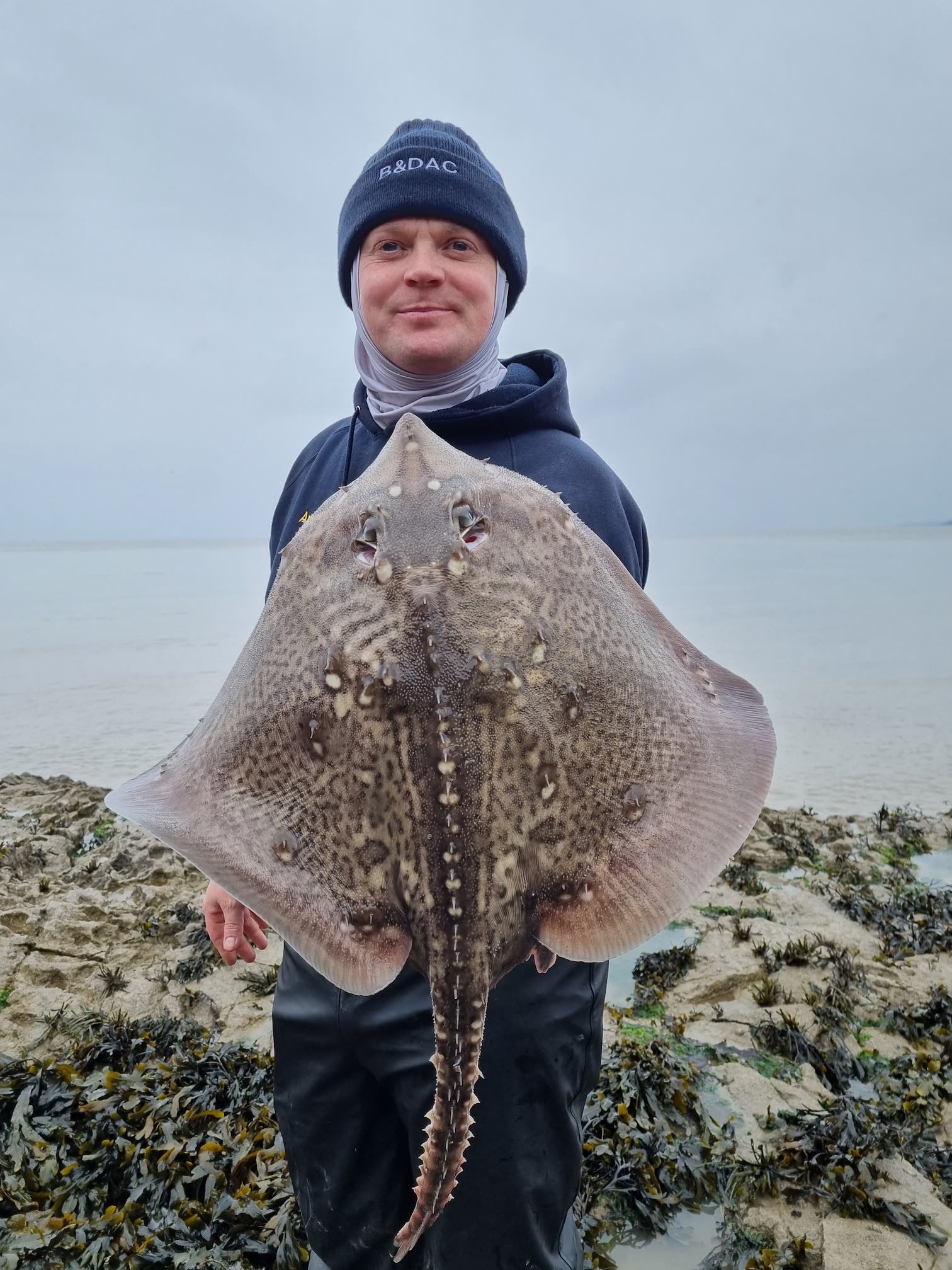

Appledore Shipbuilders May Rover
12 Anglers fished the May Rover . Jazza John took the honours with a Smoothound of 8lb 6 1/2ozs. Second place went to Richard Boon with another Smoothound of 7lb 9ozs and Third was Chris Slade, also with a Smoothound of 7lb 8 1/2ozs.
I joined four members of South Molton Angling to undertake some work clearing debris from a stretch of the River Bray near Brayford.
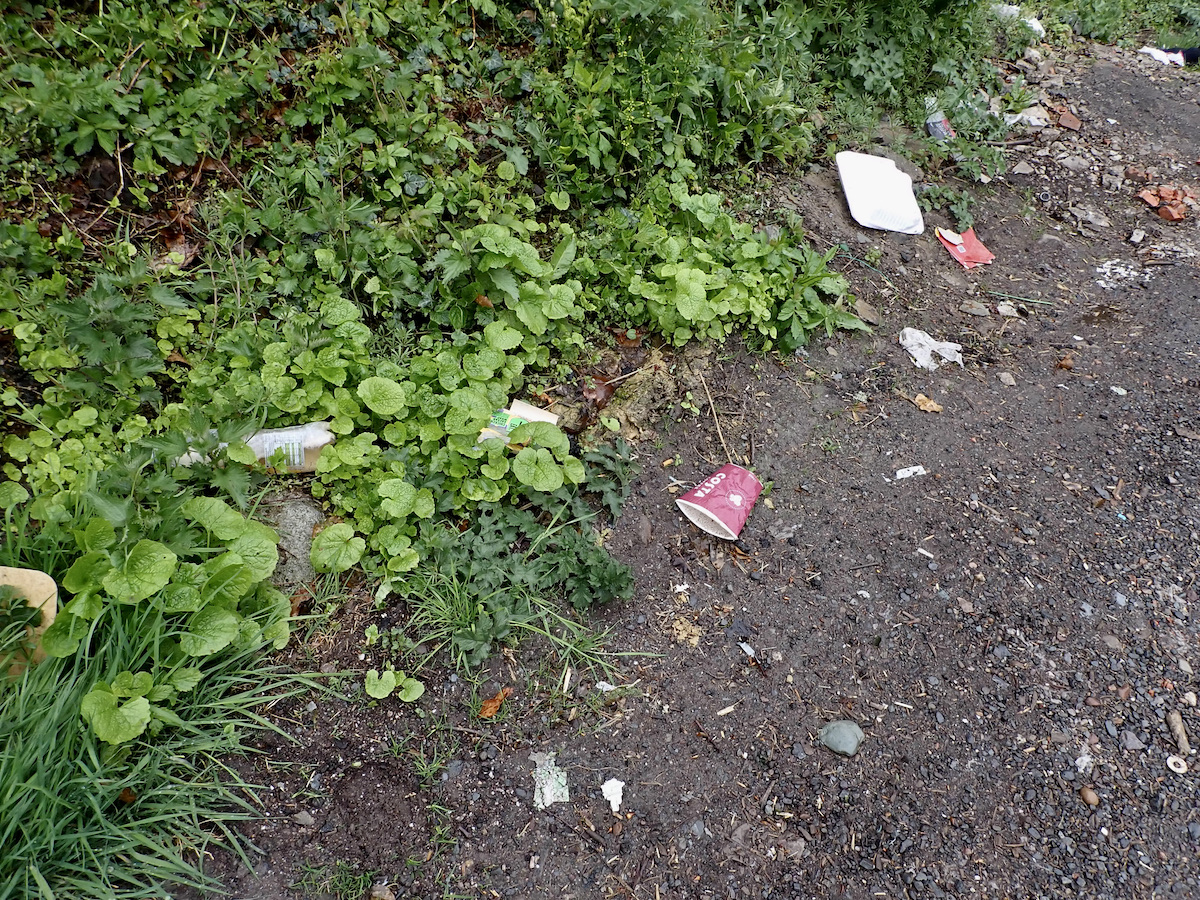
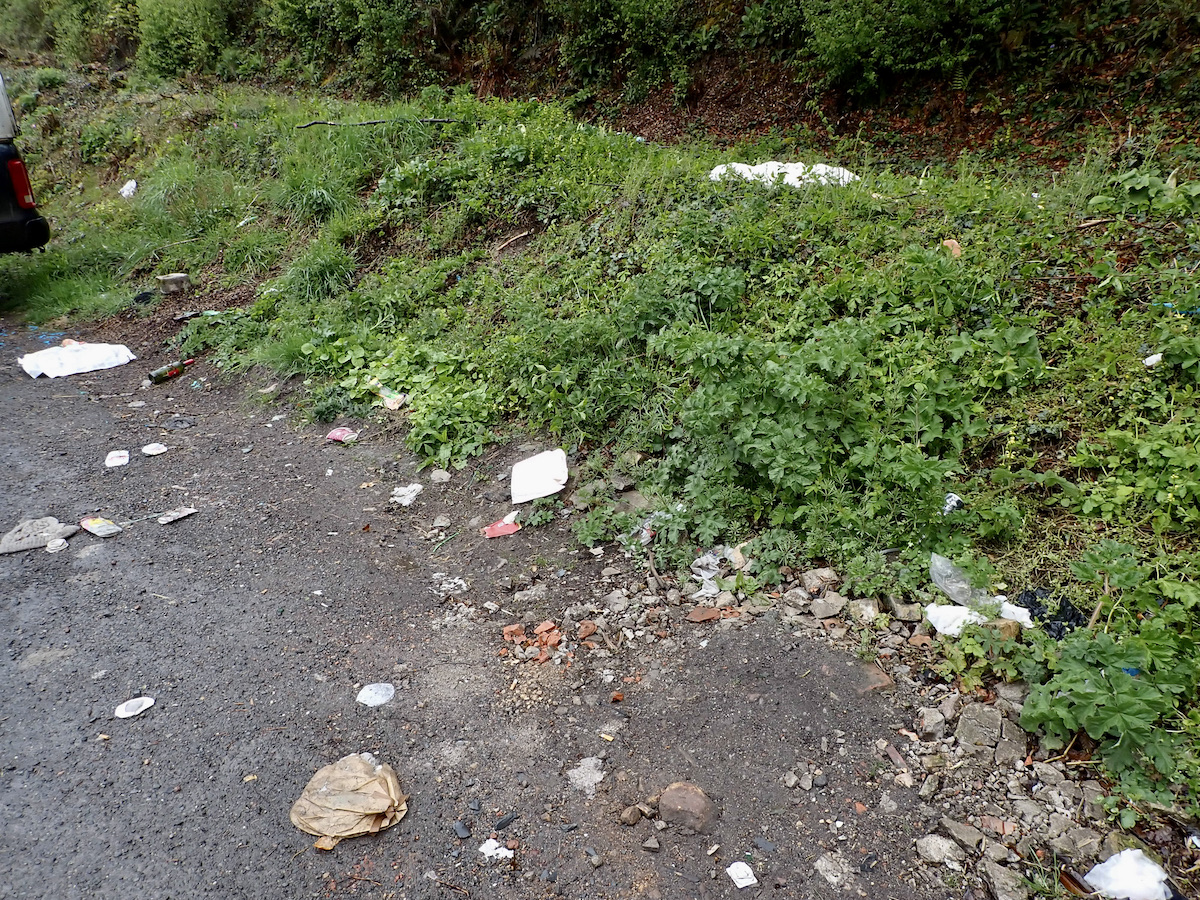
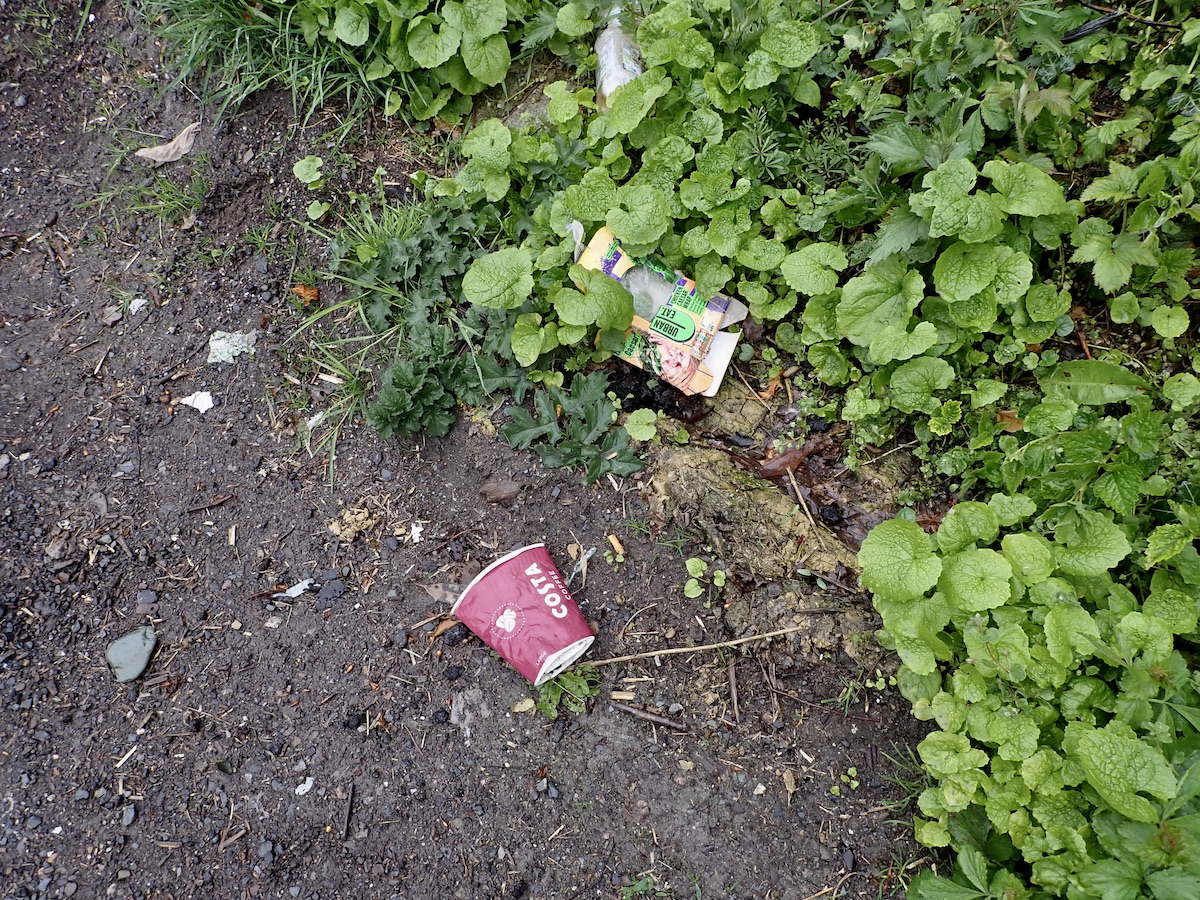
Parking in an adjacent lay-by we were dismayed to find it strewn with litter that had been casually discarded by a section of society that appears to have no shame. Fortunately club Chairman Eddie Rands had a couple of fertiliser sacks in his pick up truck and after ten minutes or so we had cleared the vast majority of the offending material. It is sickening to see this total lack of respect for our beautiful countryside.
In the nearby woods a carpet of bluebells carpeted the slopes as welcome rain fell in the valley giving valuable water to boost the lush spring growth.
In the river we tackled a large trash dam that had built up behind a tree that had succumbed to the winter storms. We trimmed the mass of branches and roots opening up a small pool that will hopefully harbour a few trout that we may tempt with a carefully presented fly. A quick look over the rocks of the riverbed revealed plenty of caddis and a few clusters of bullhead eggs.
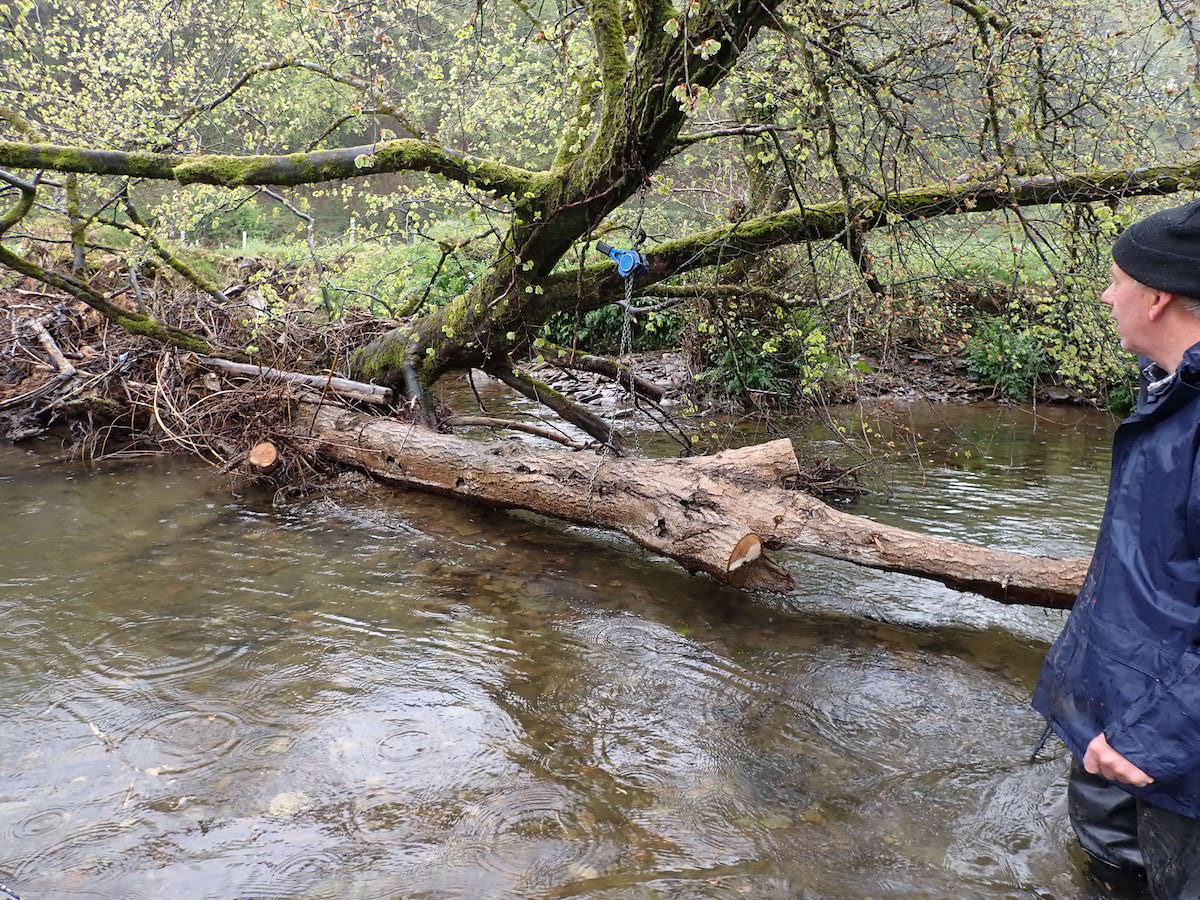
We chatted at length about the health of local rivers and the once prolific runs of fish. Stories of poachers that once stole fish from the rivers were exchanged and whilst tales of the fish these rogues killed were sad the fact that the fish are no longer there to steal is even sadder.
The problems that beset our rivers are both complex and many. Understanding the issues is perhaps the start of putting things right.
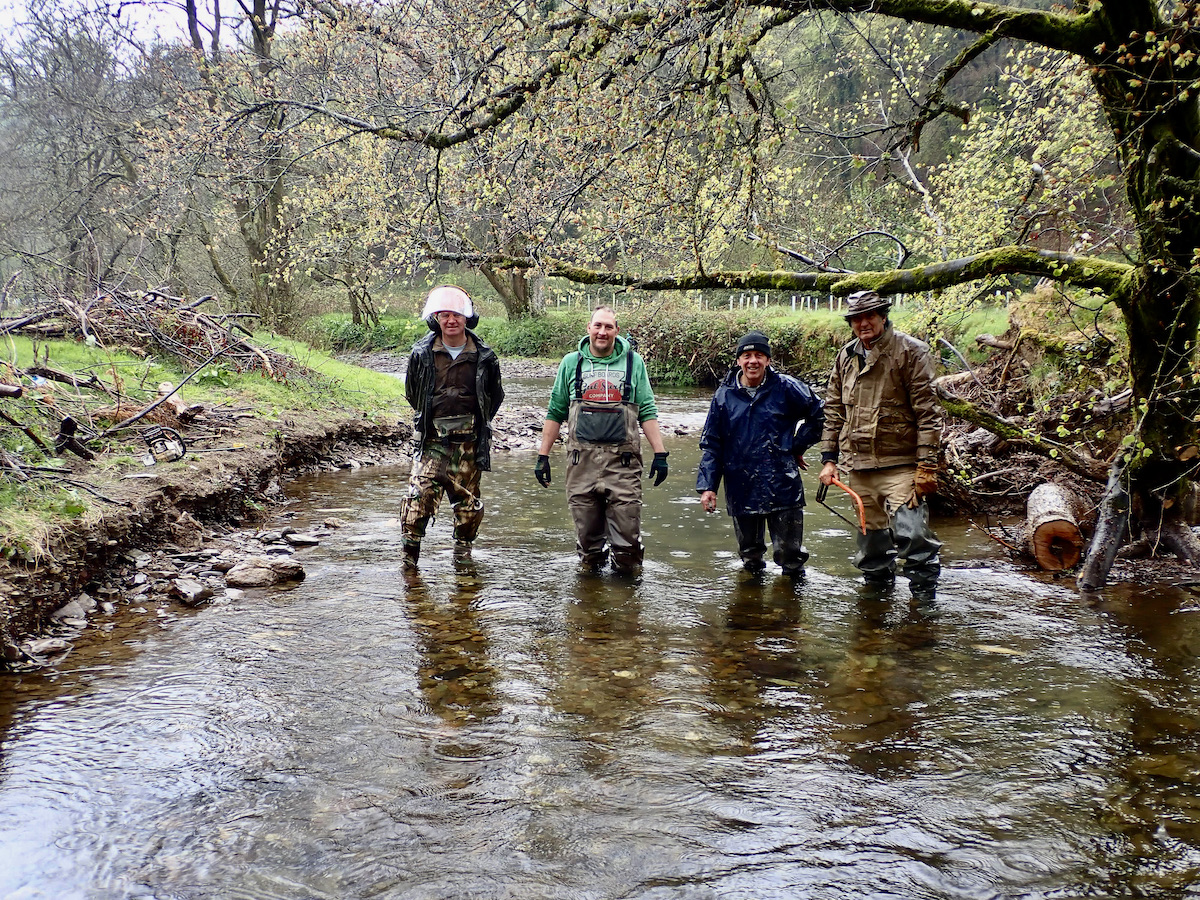
(Below )A Lake booking up on lodge lake social organised by Gavin Lynch saw the guys bank a total of 37 fish with a total weight of 770lb ! This included several new personal bests Including Chris larners new pb of 30lb 3oz.
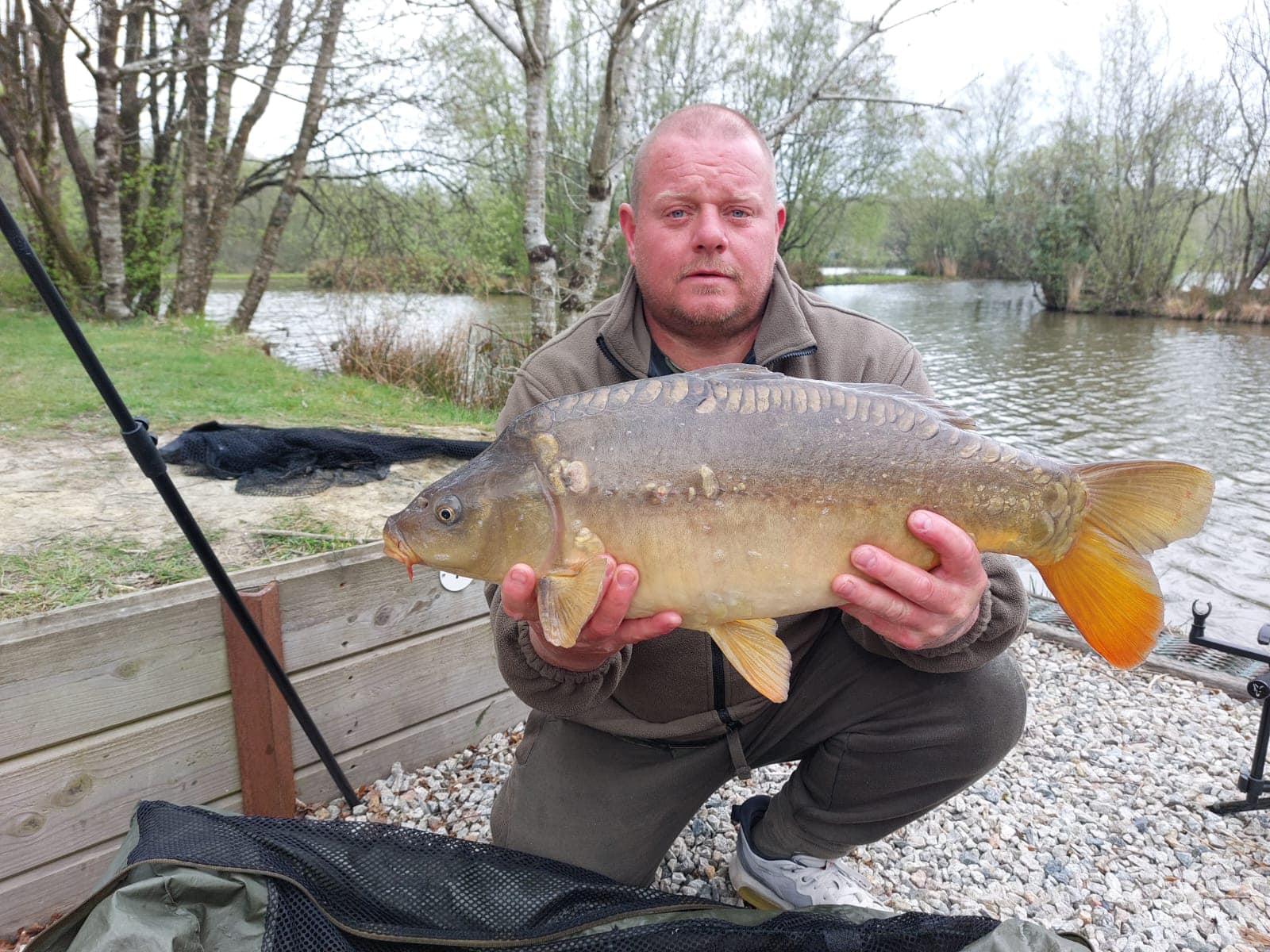
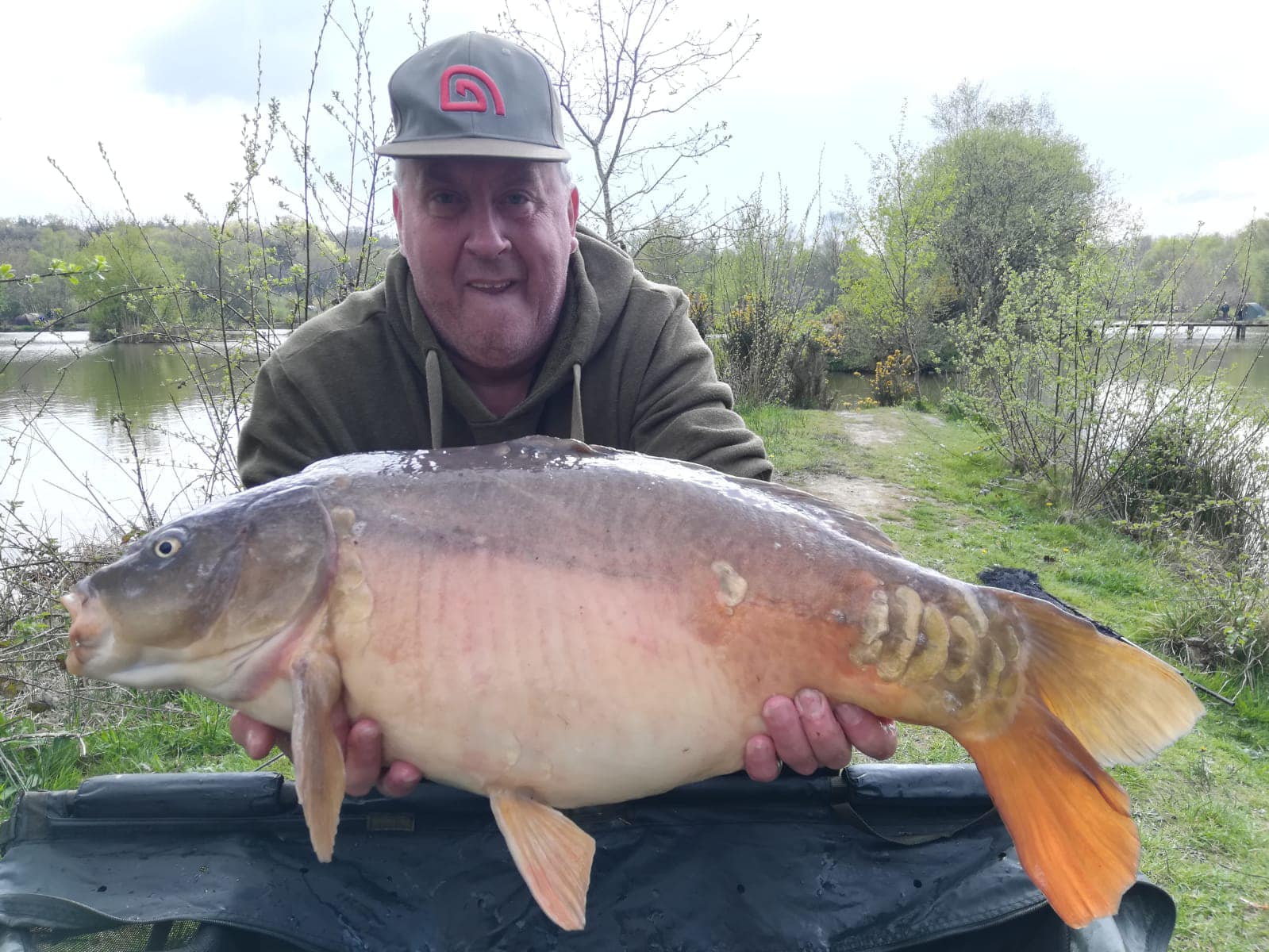
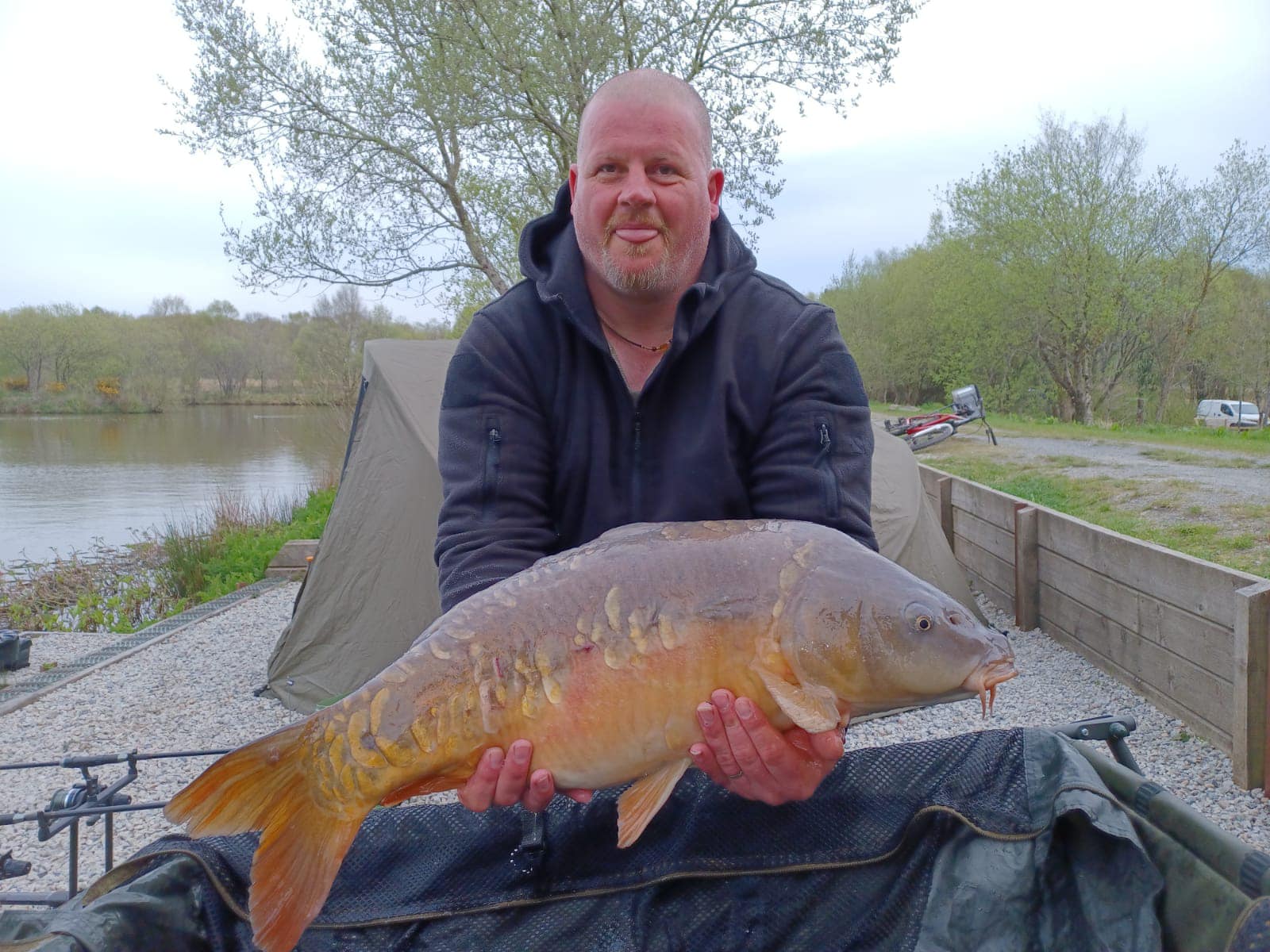
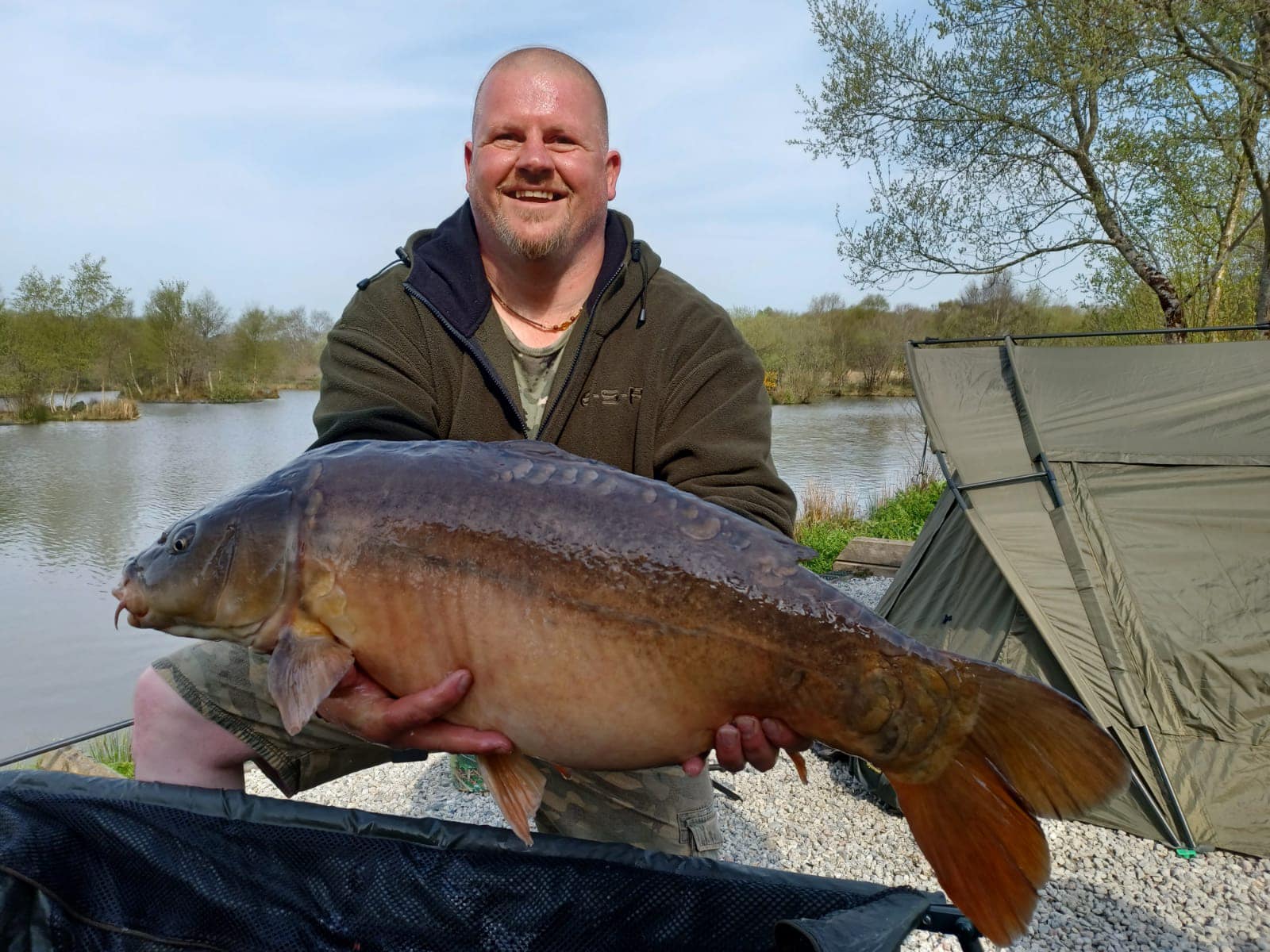
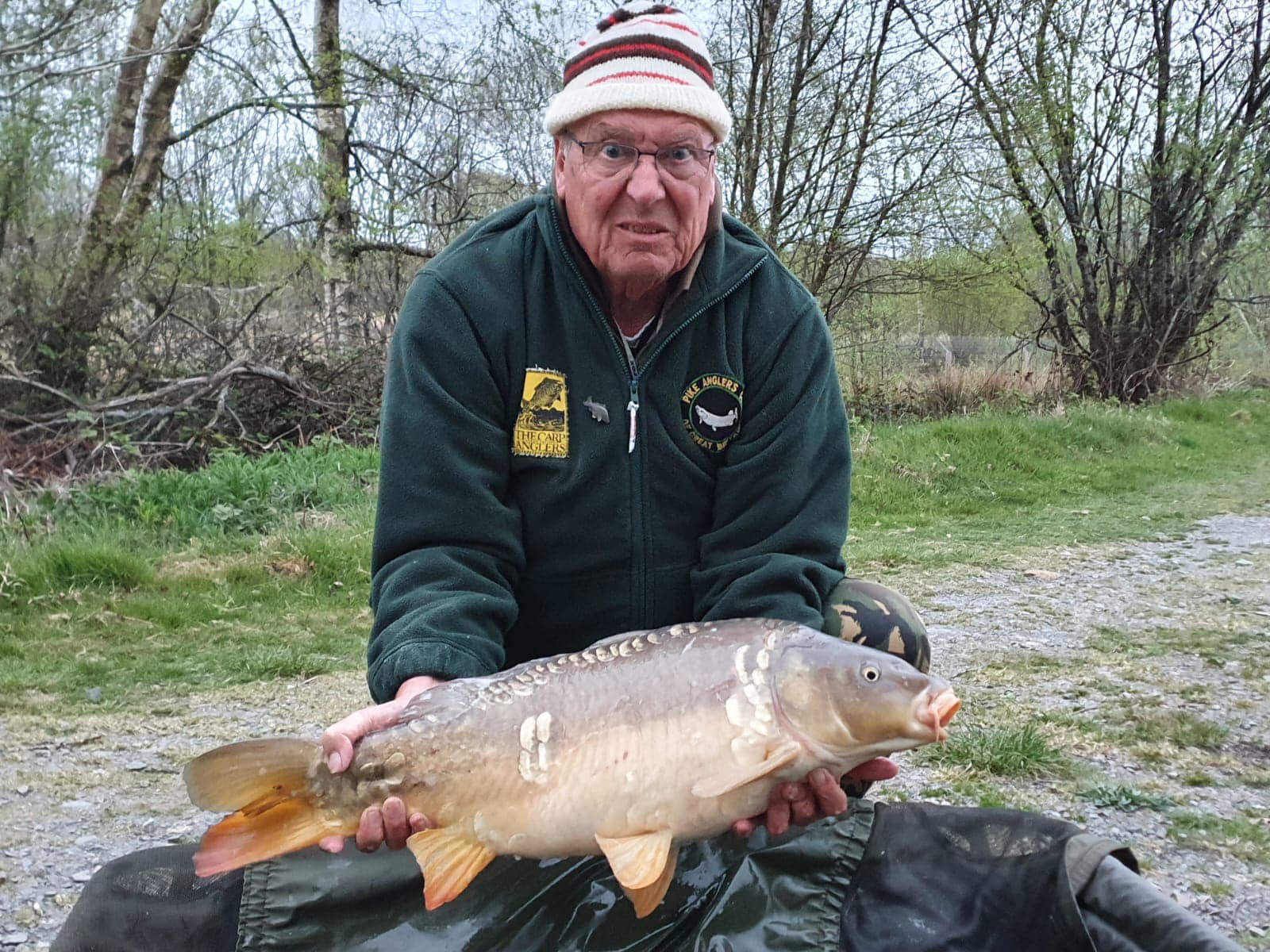
(Below) Charlie O Connor who smashed his personal best with a 33lb 4oz beauty from the inlet swim on Beatties lake , Charlie was using Mainline cell, Sticky baits Manilla and our house pellets.